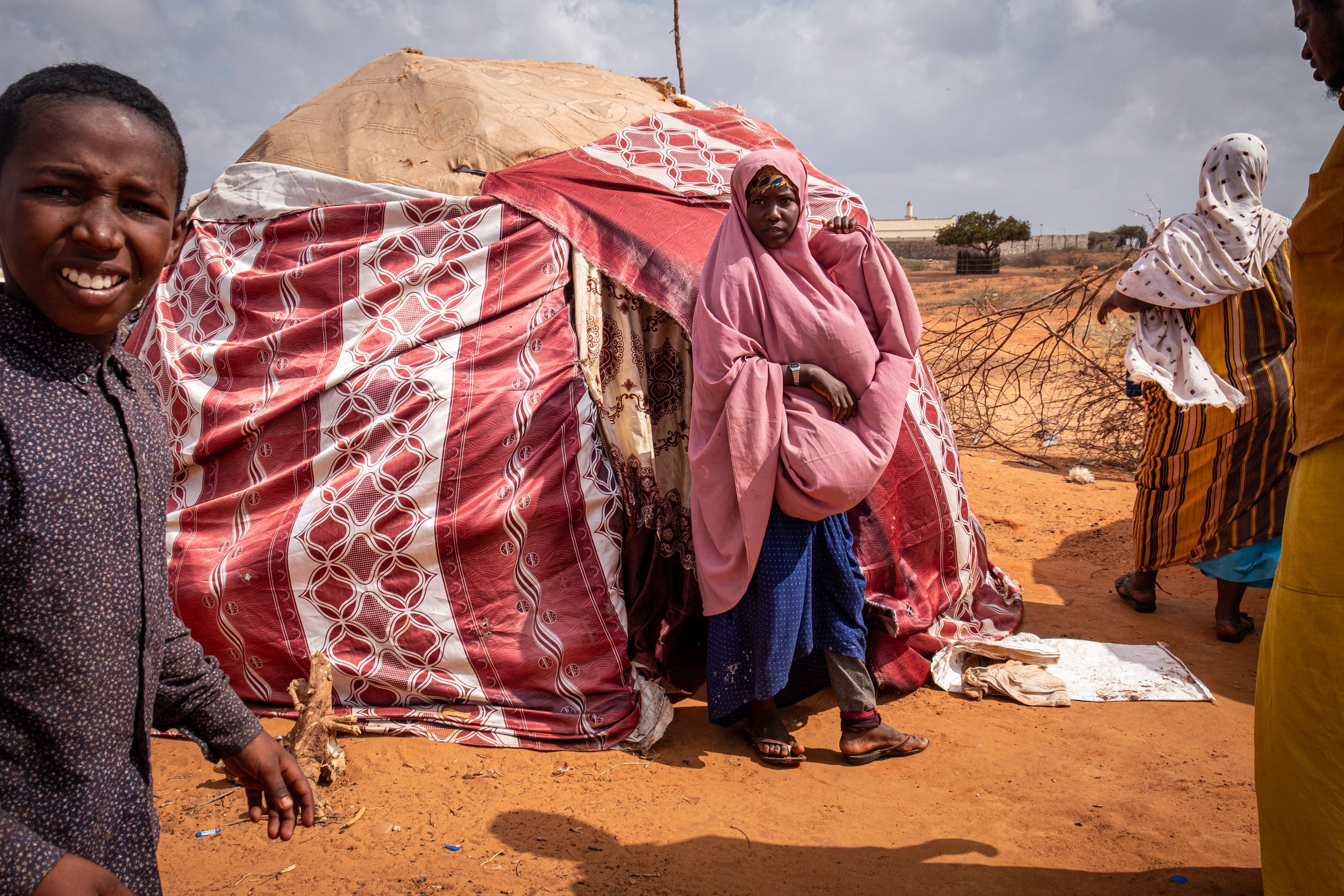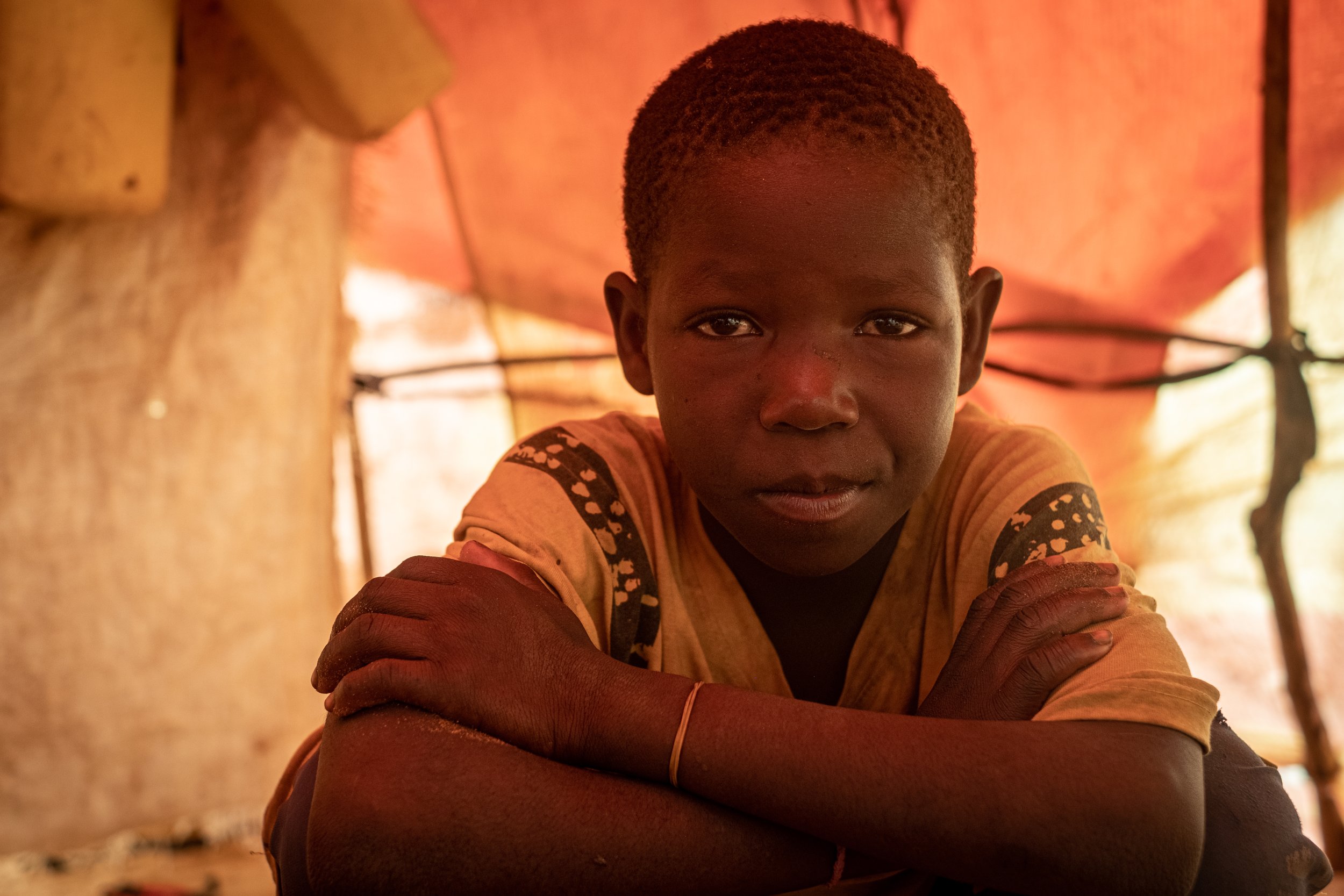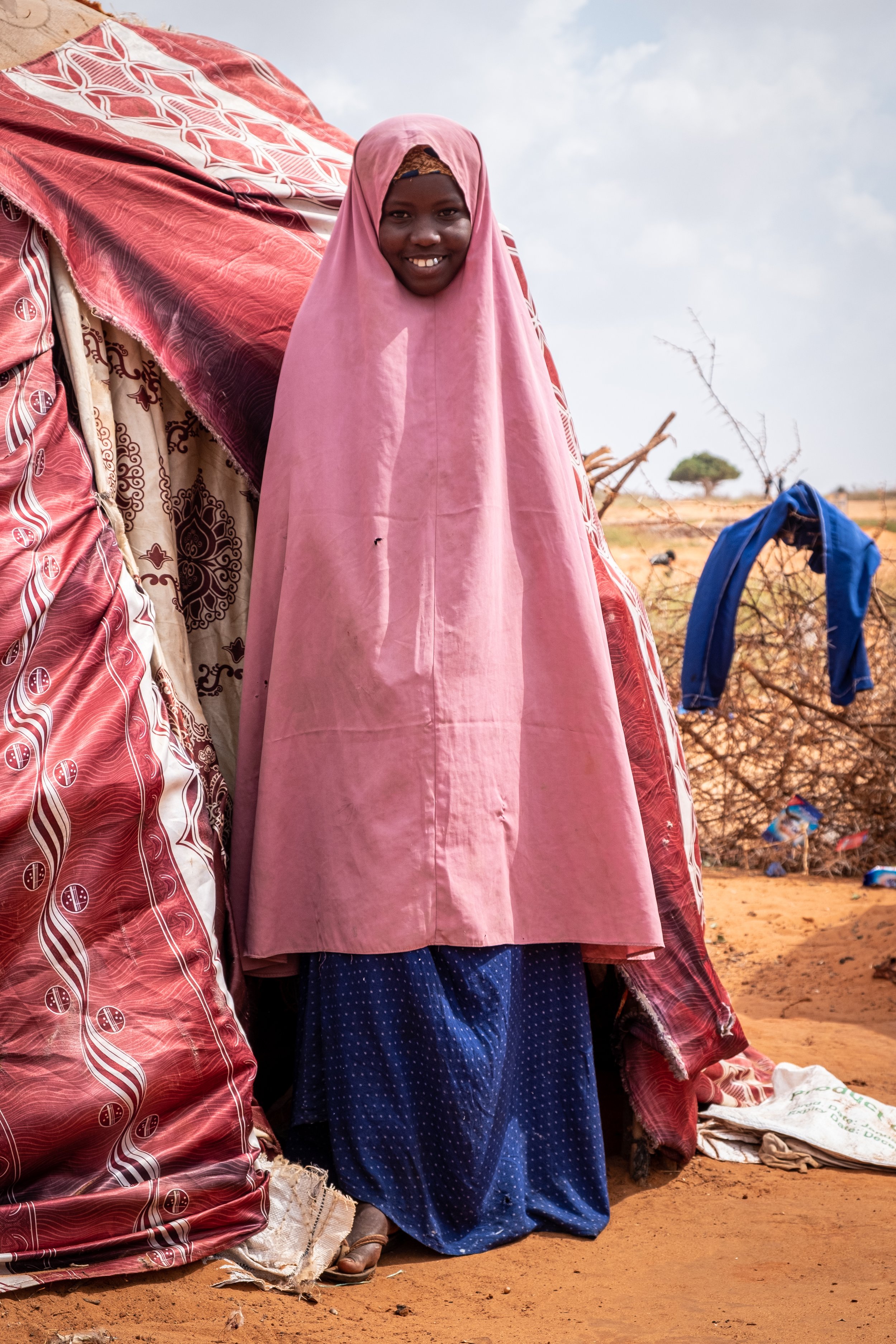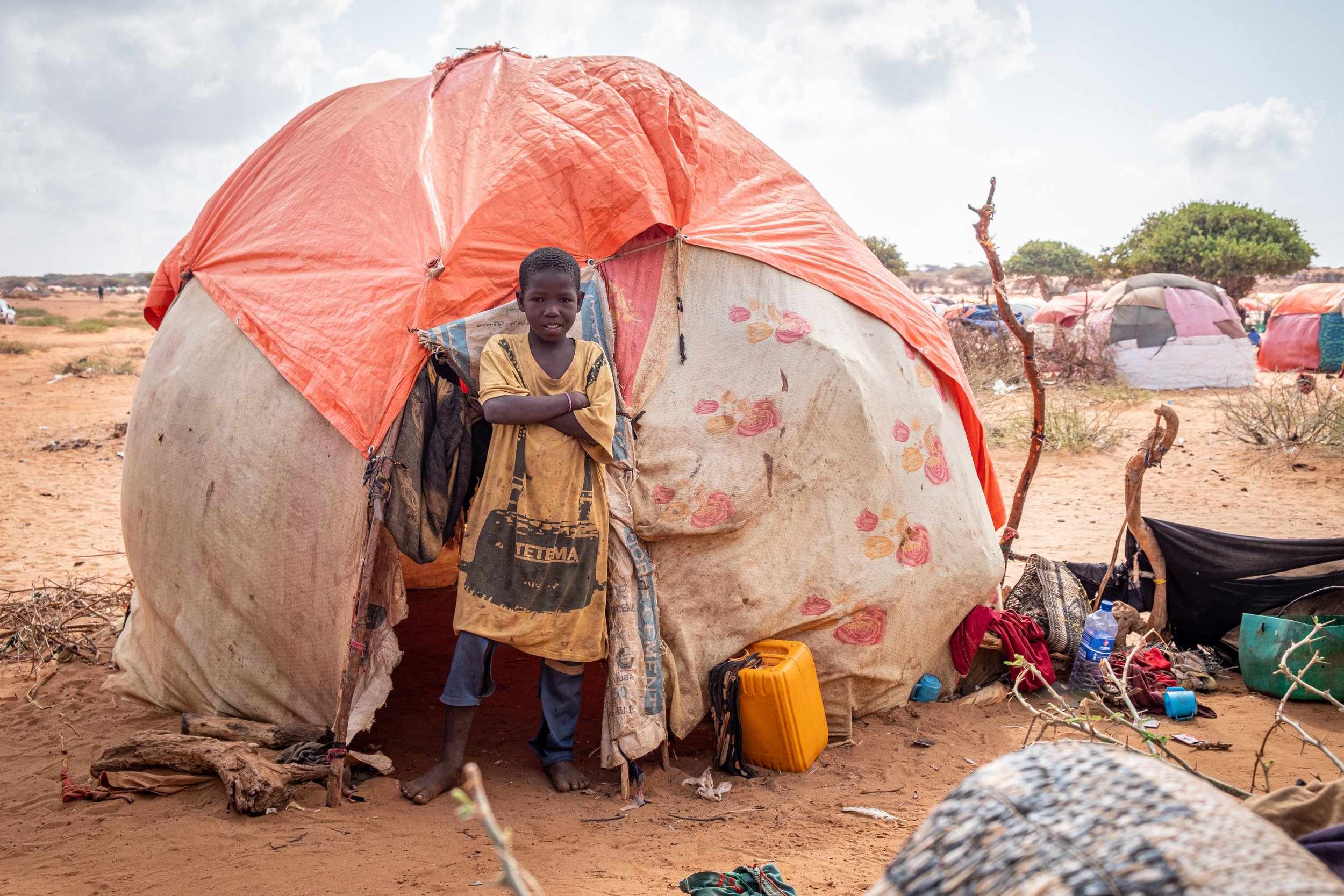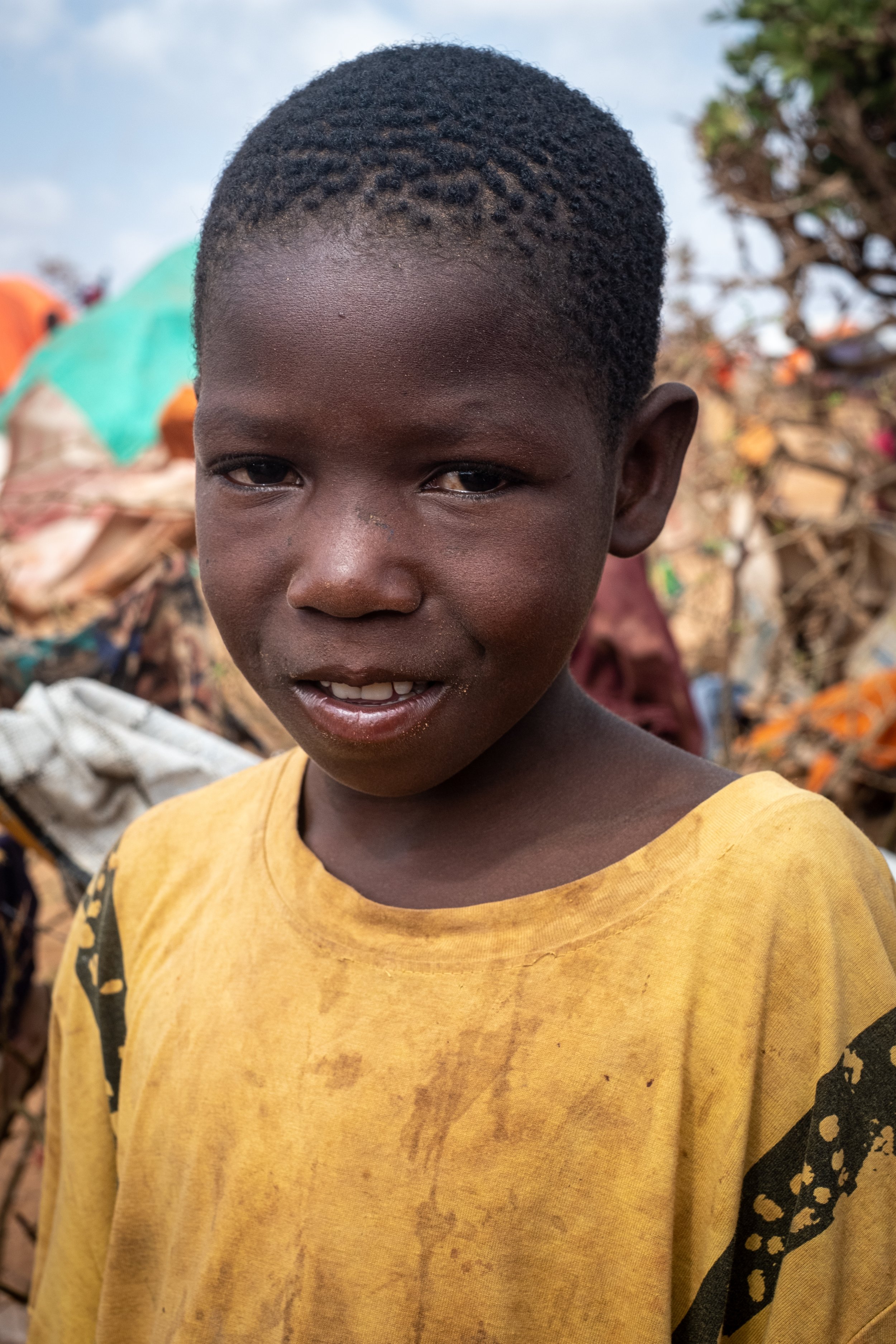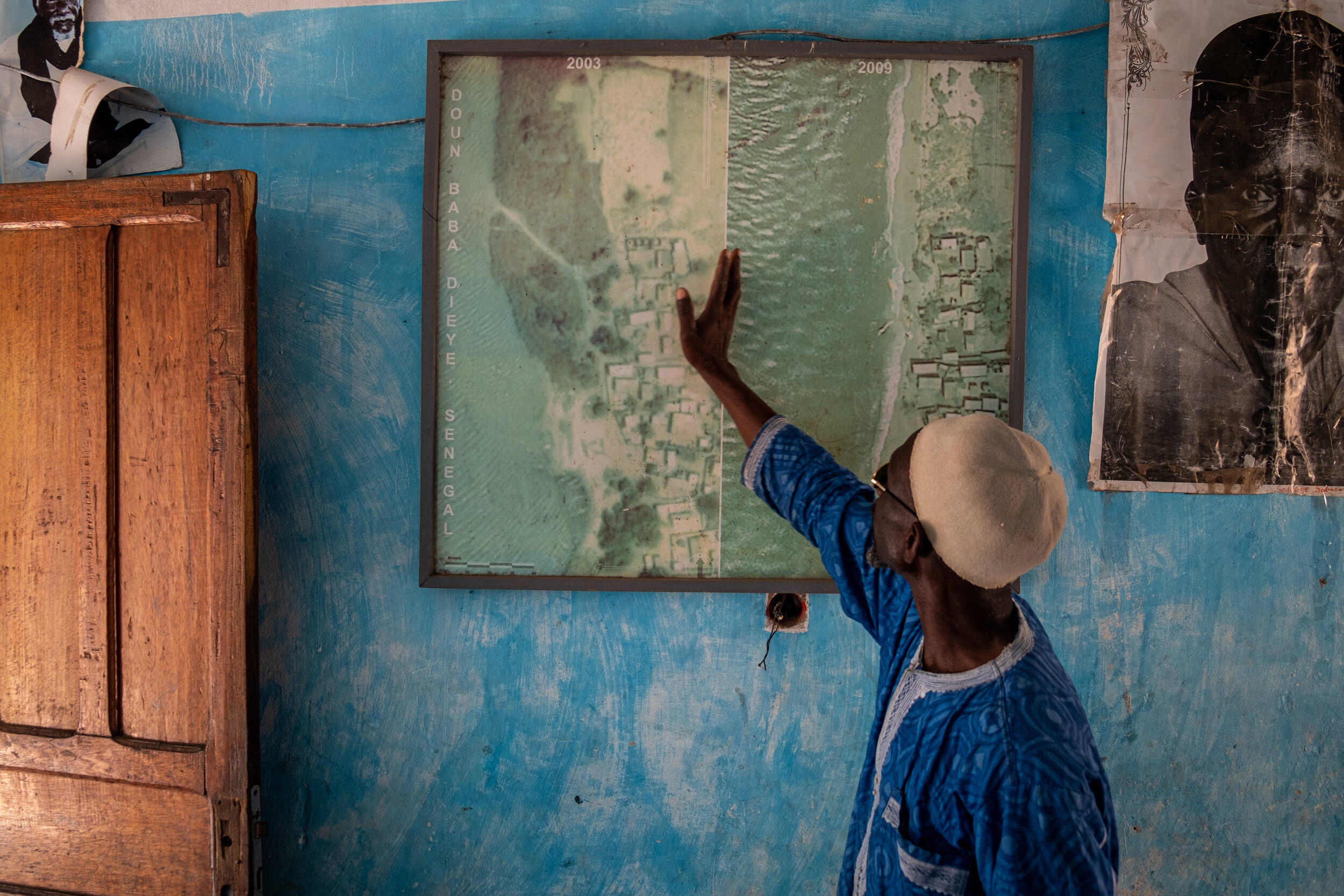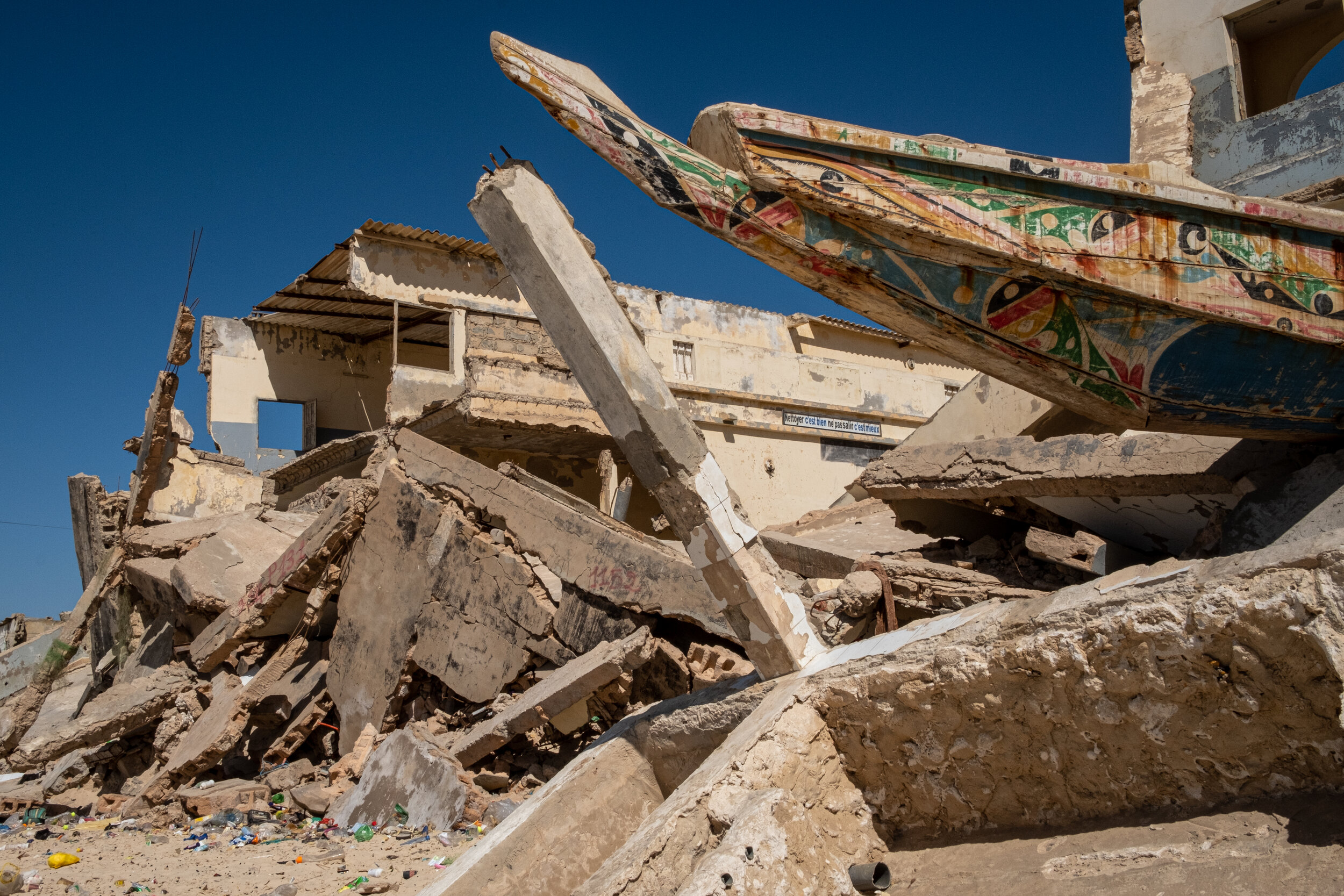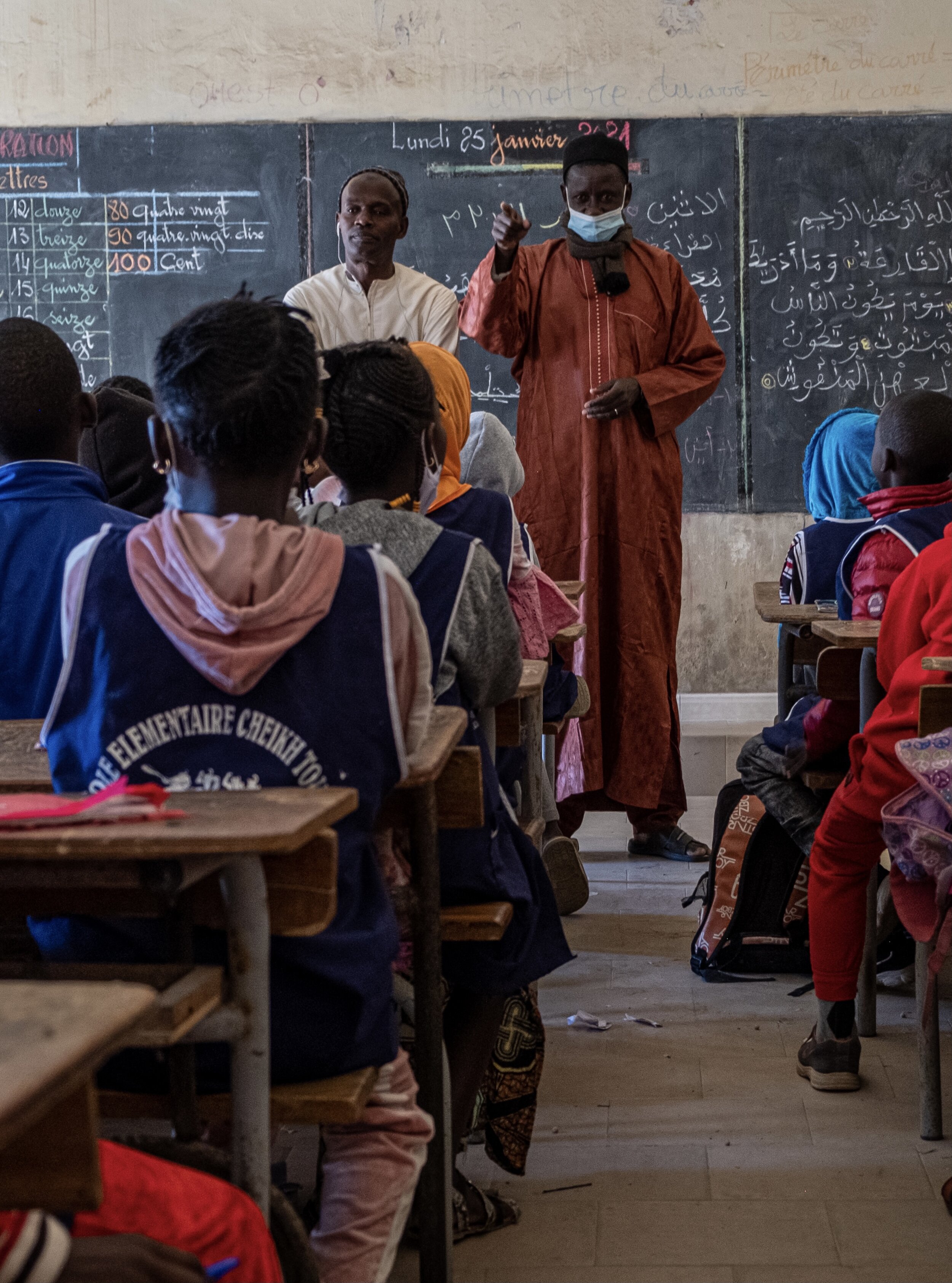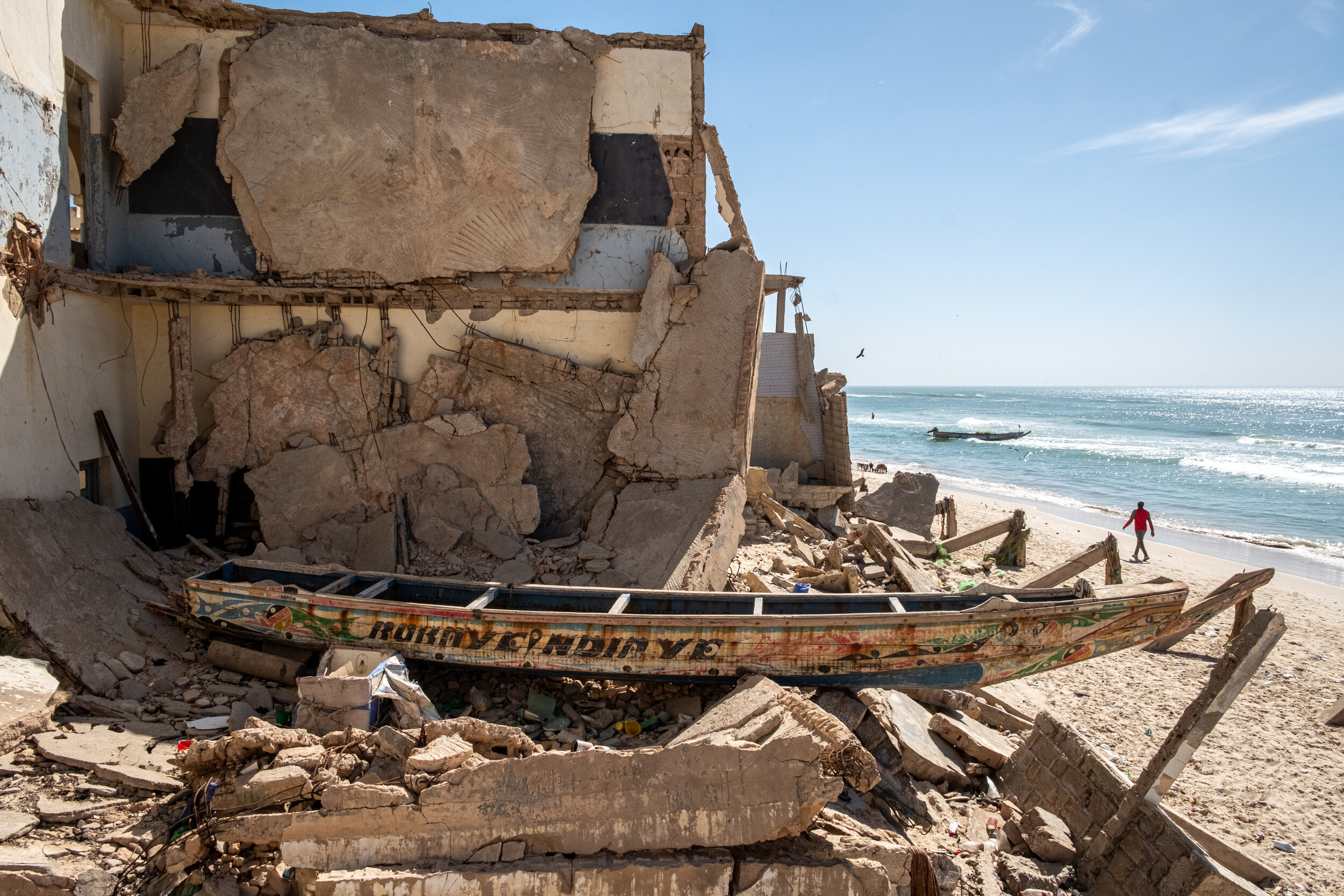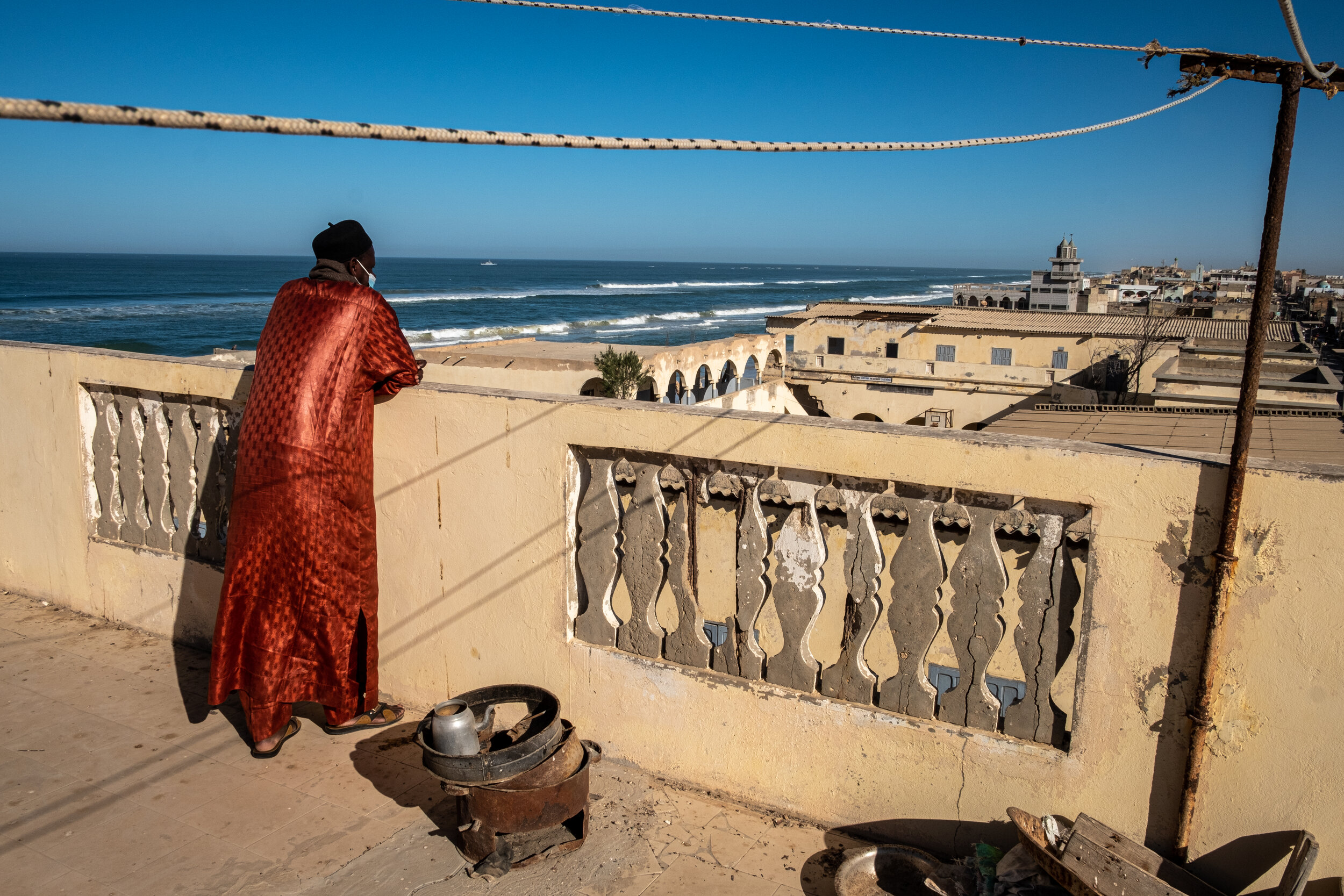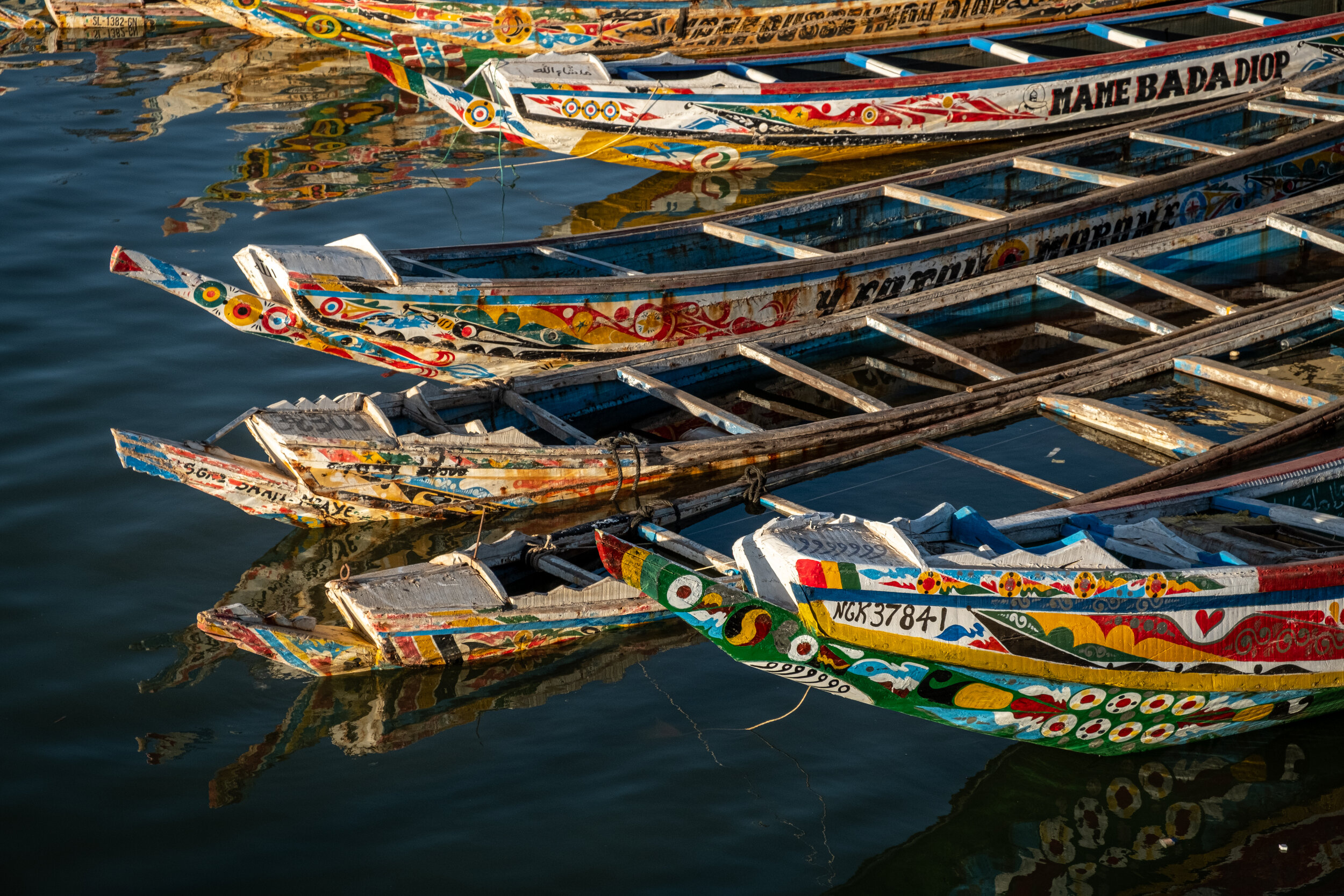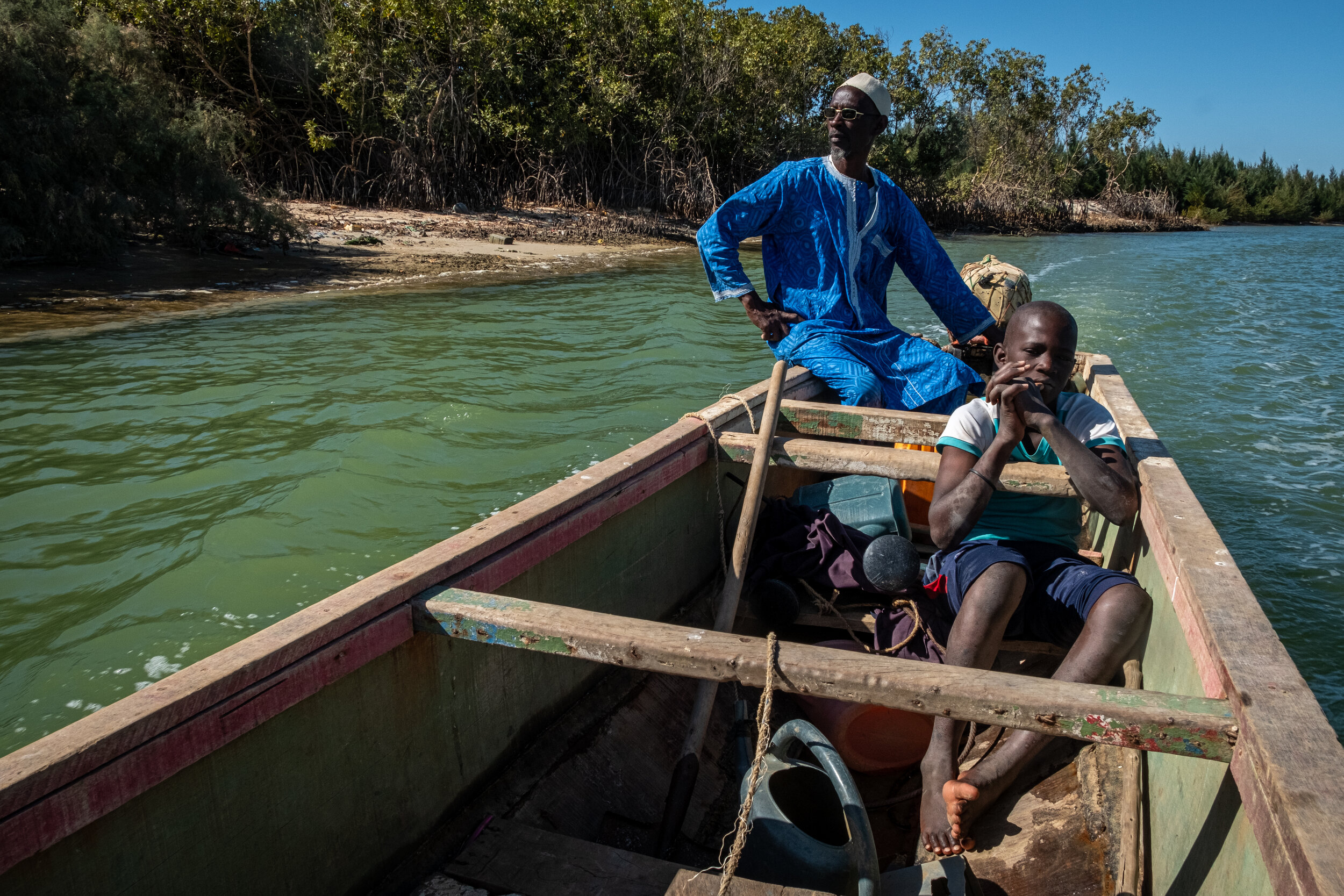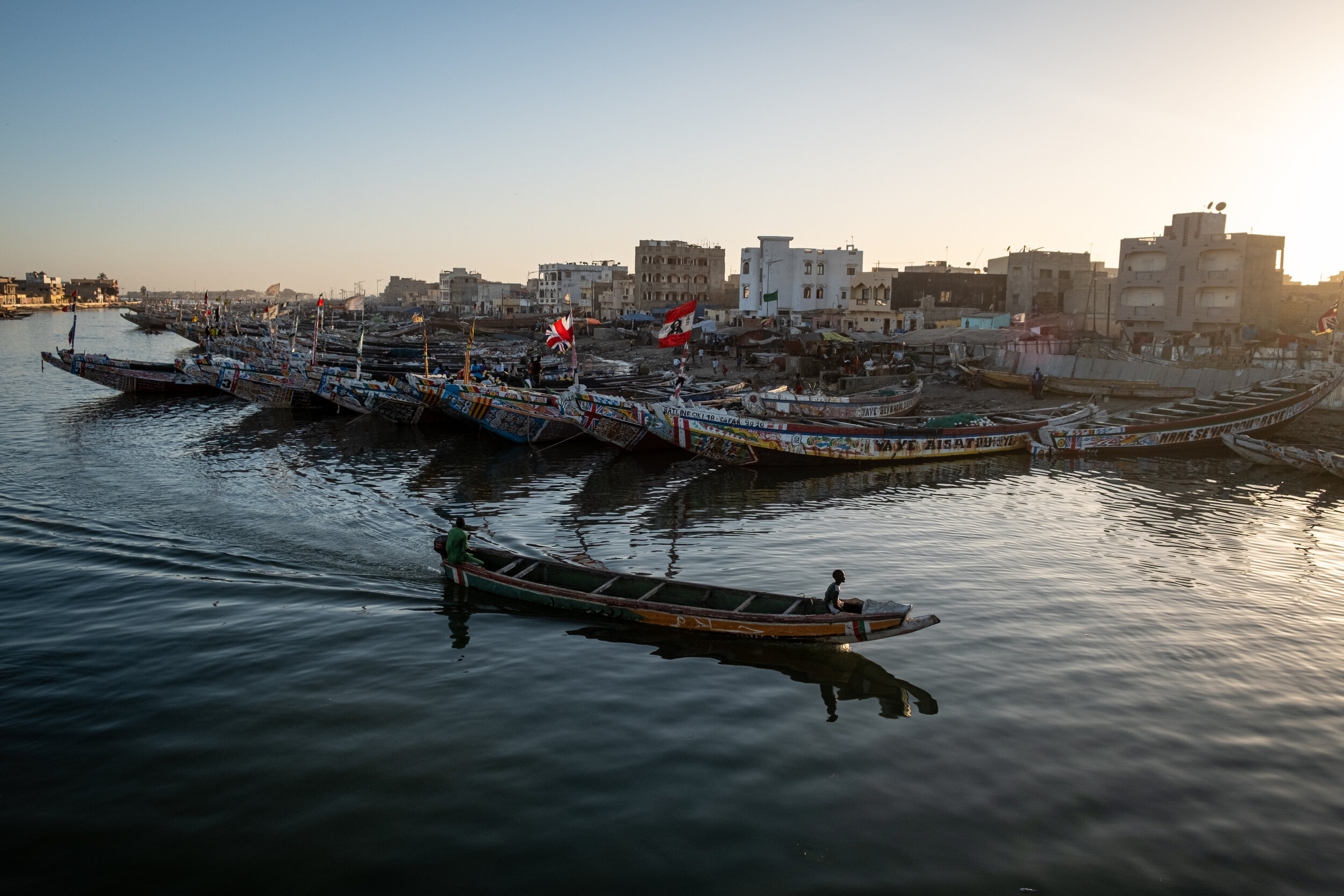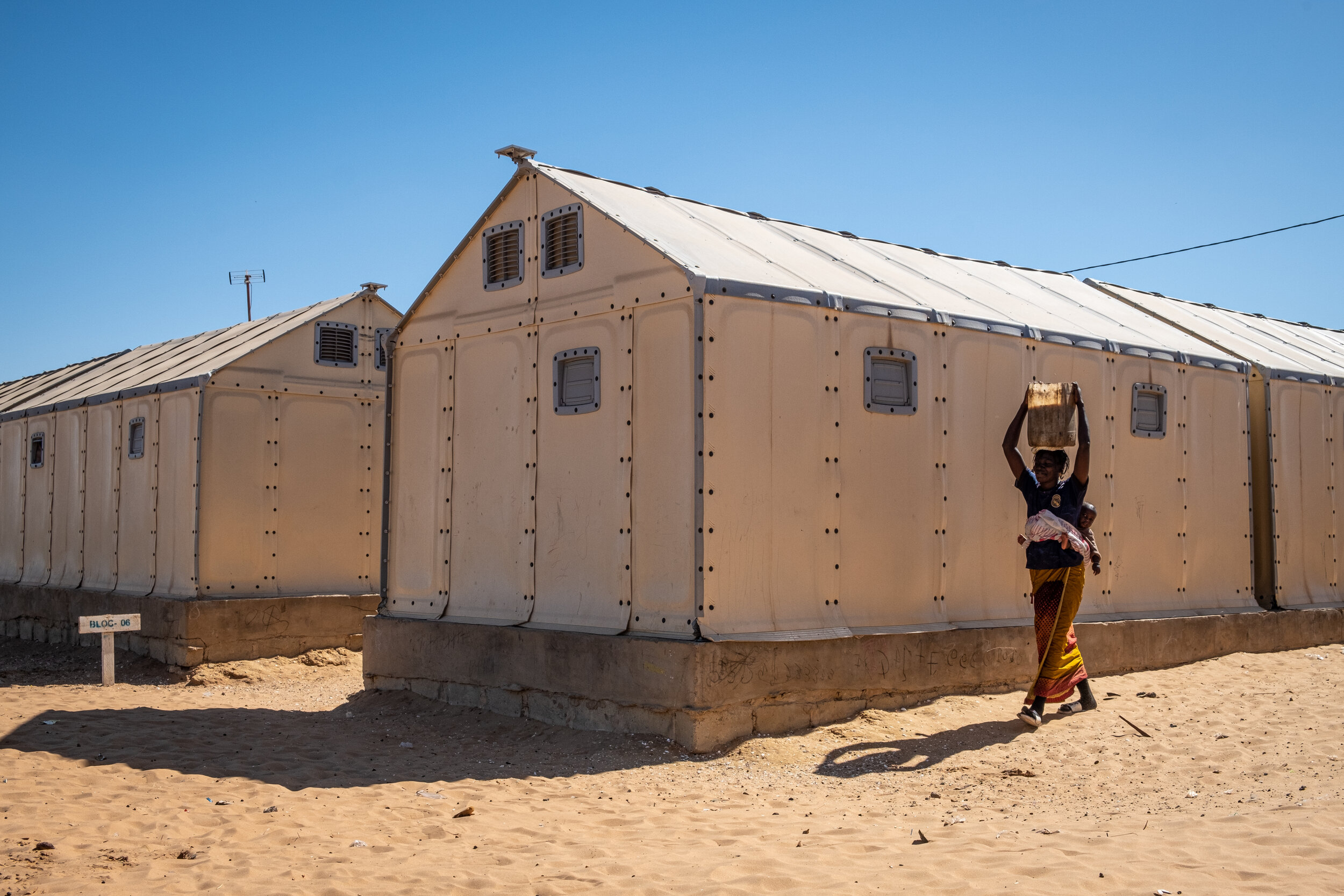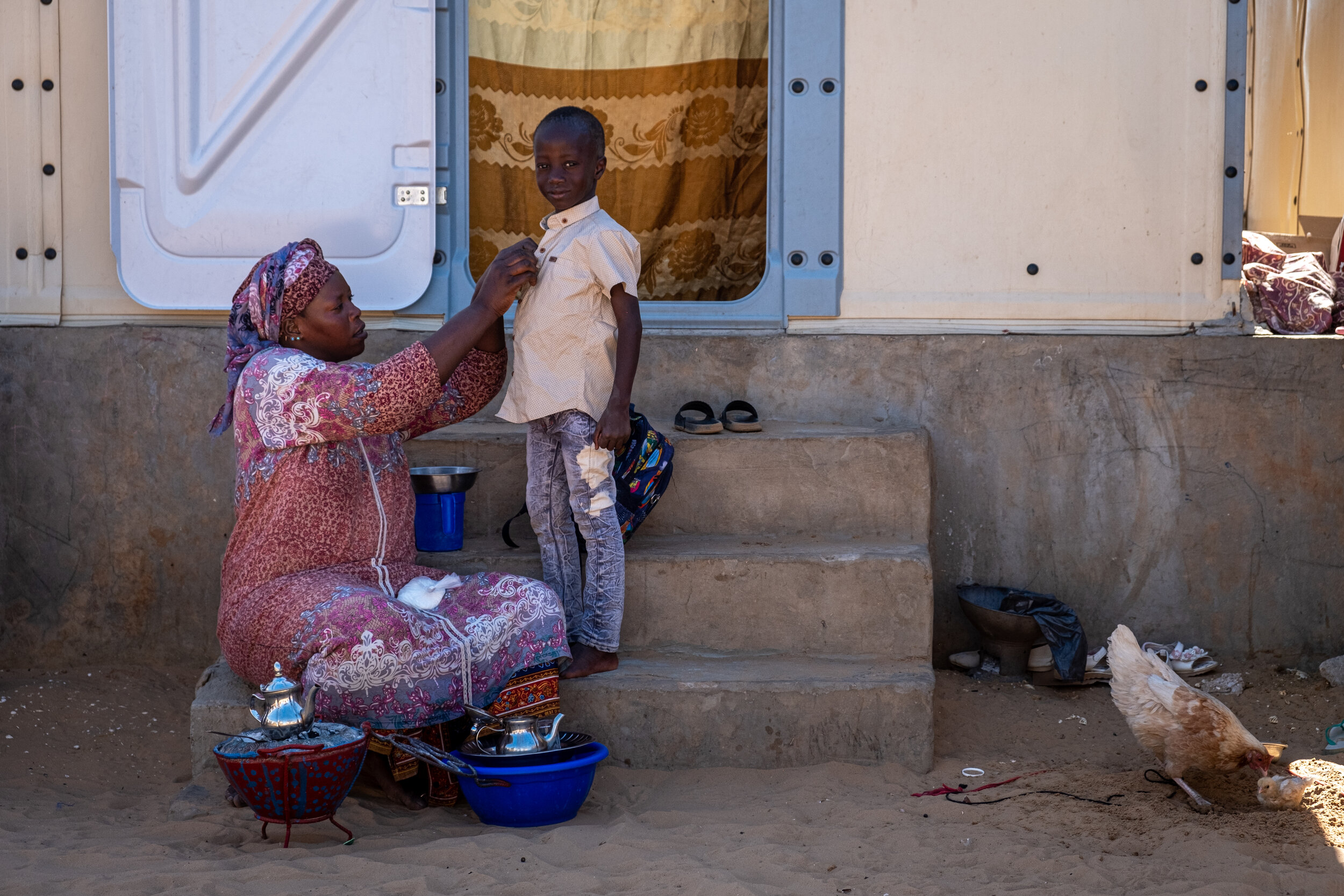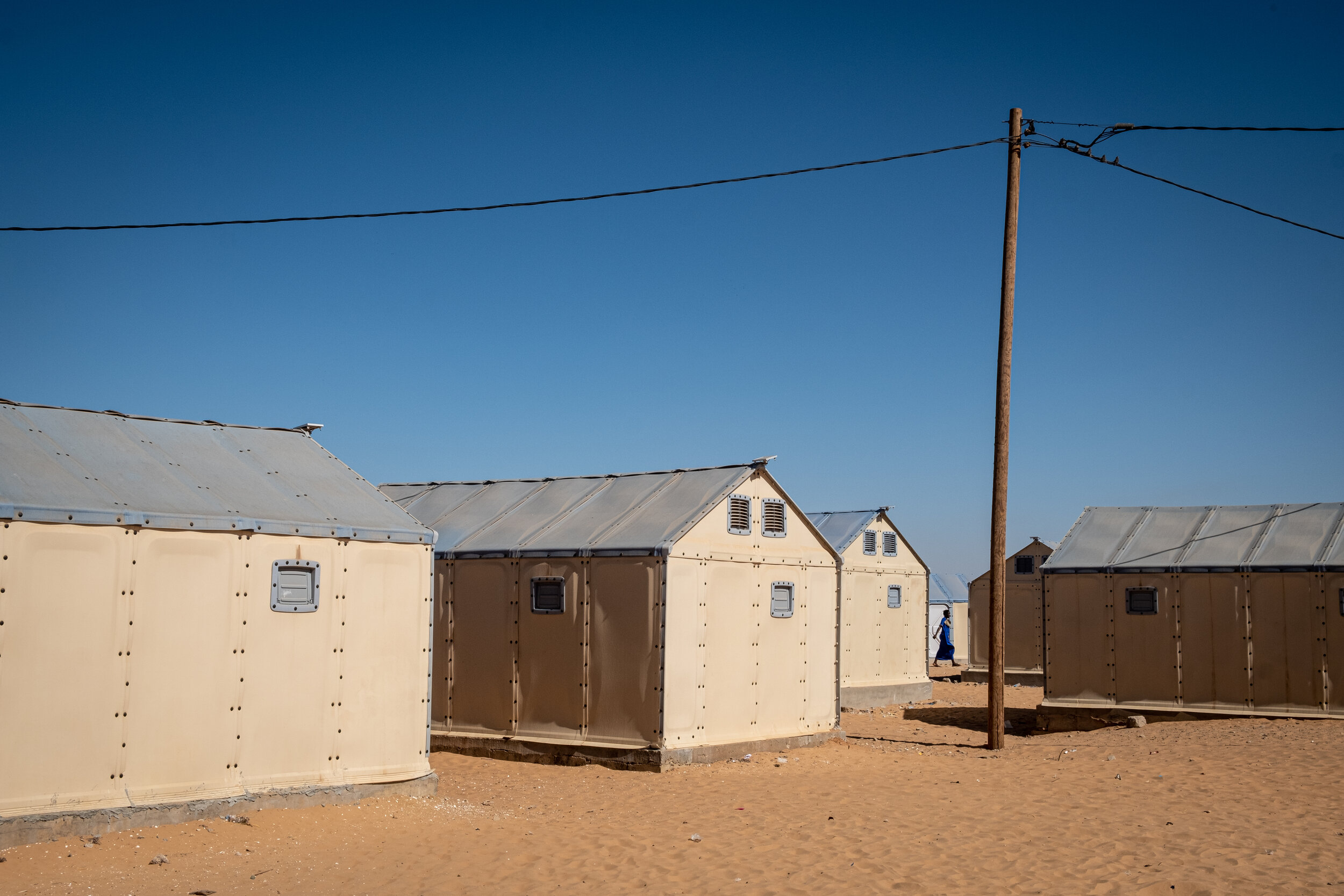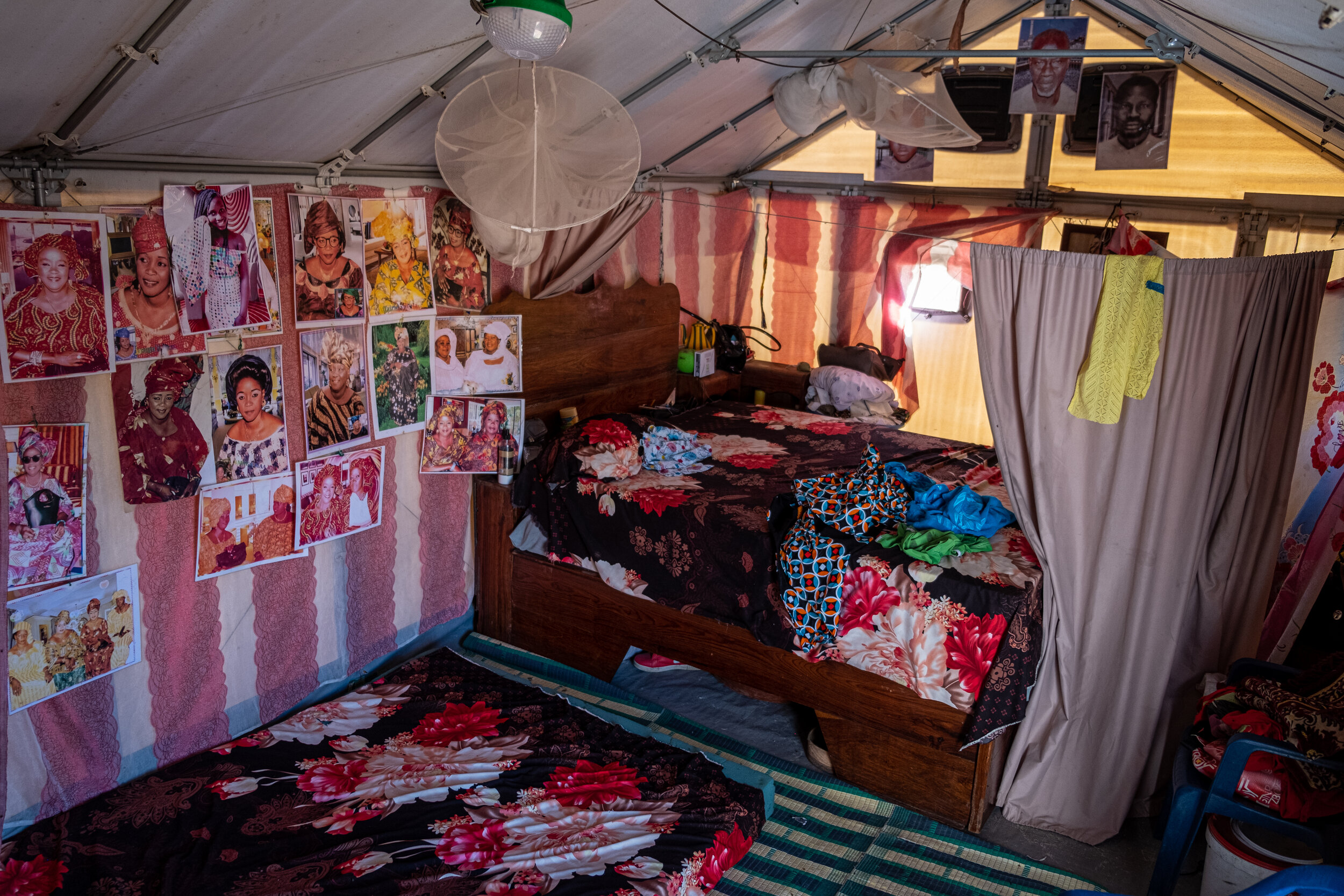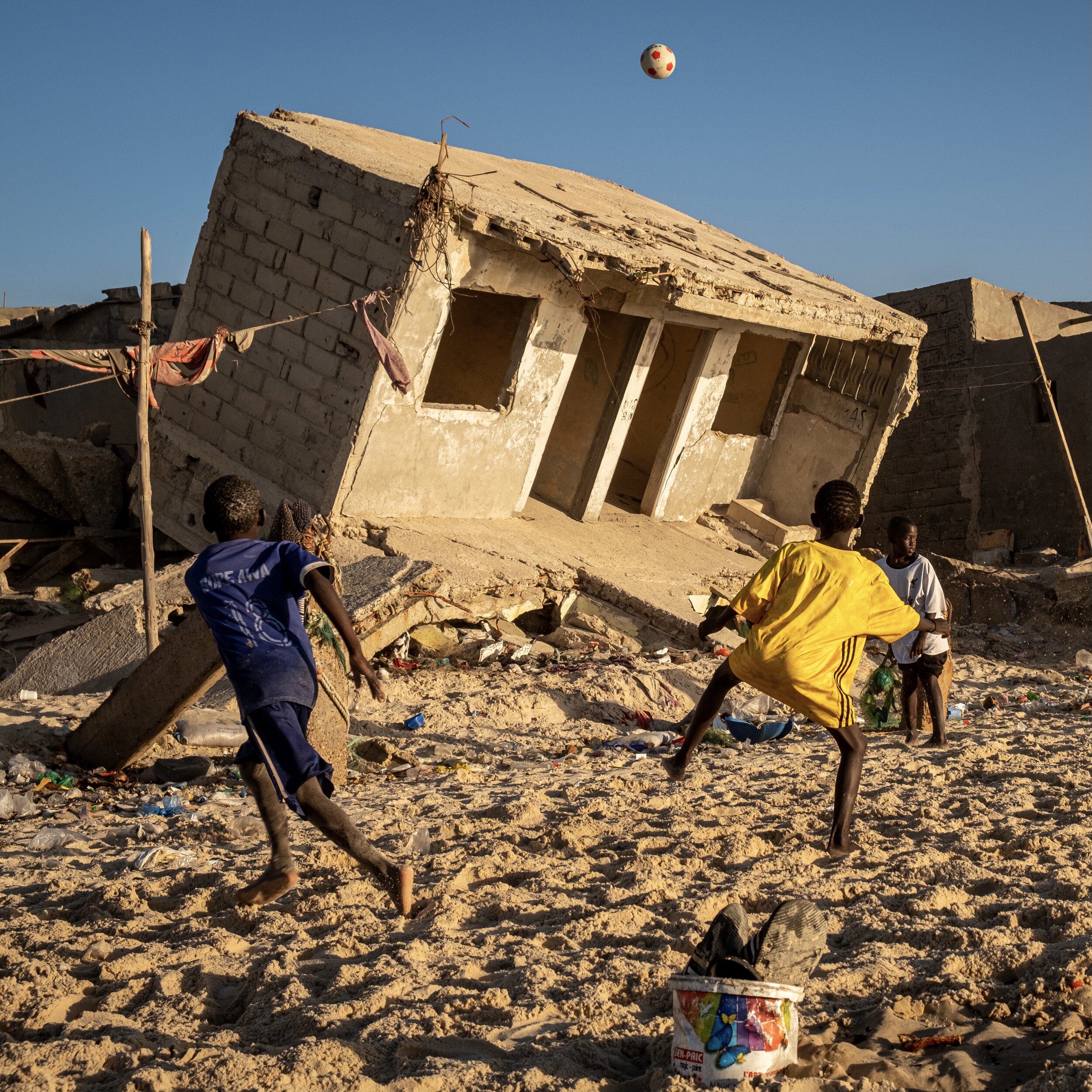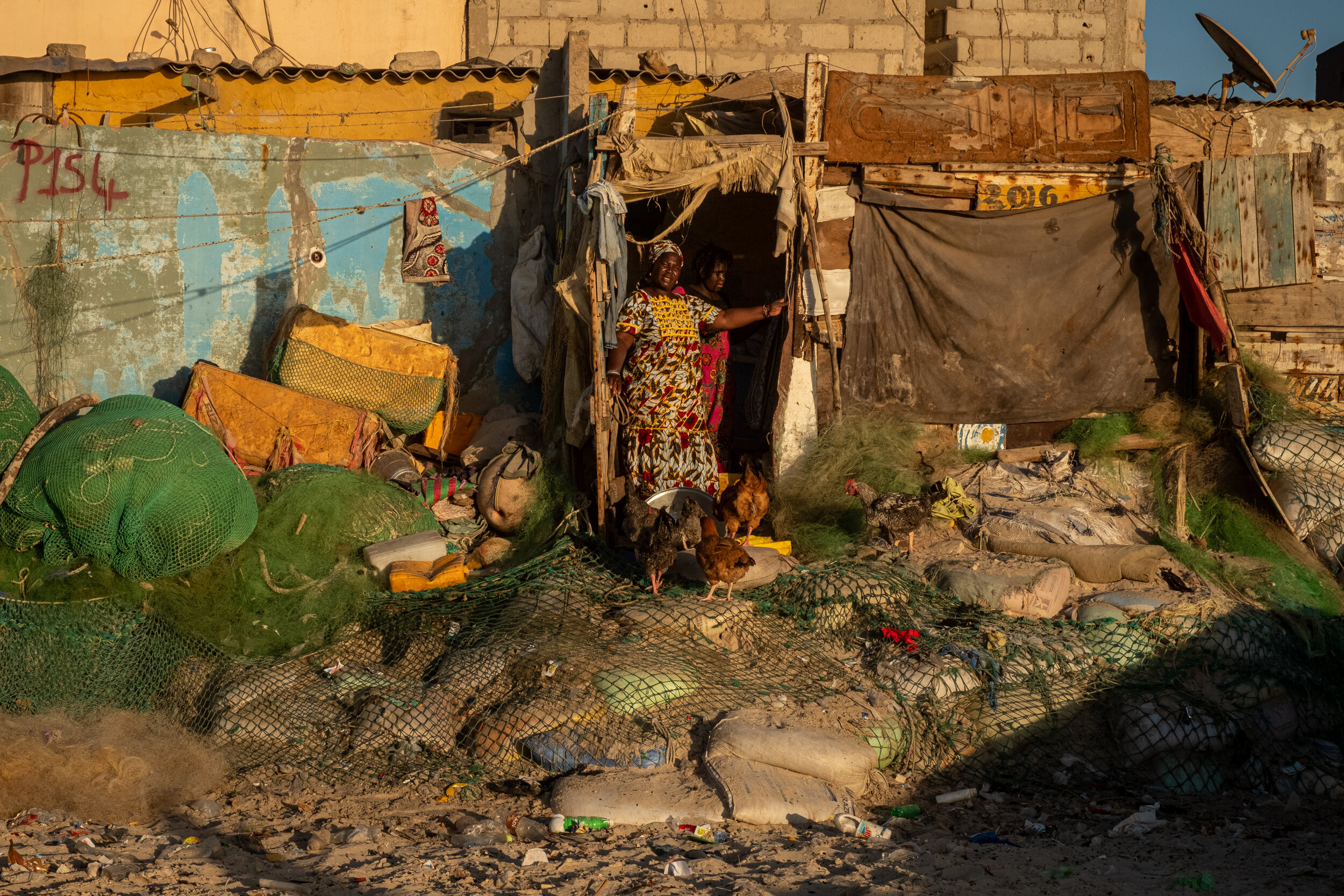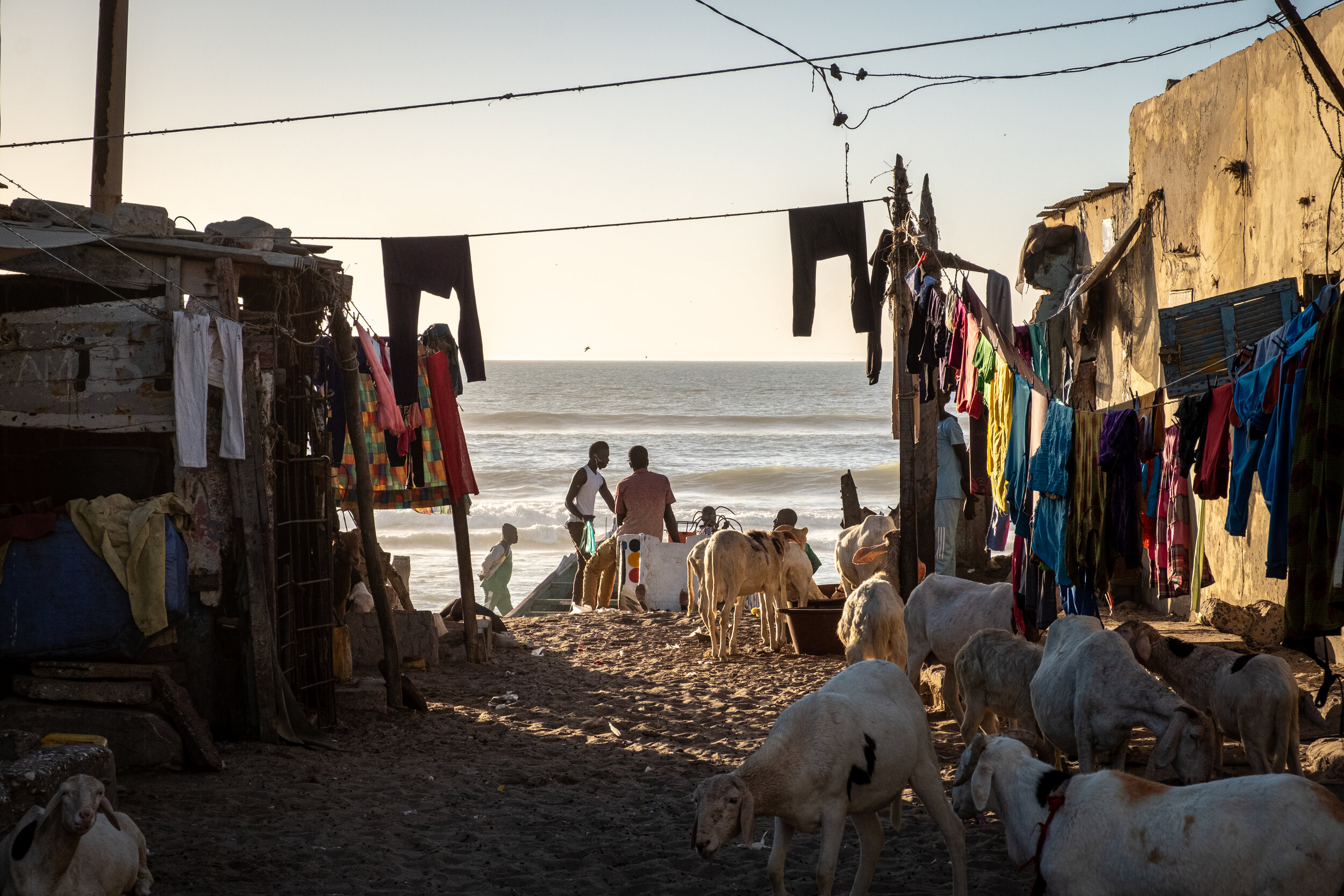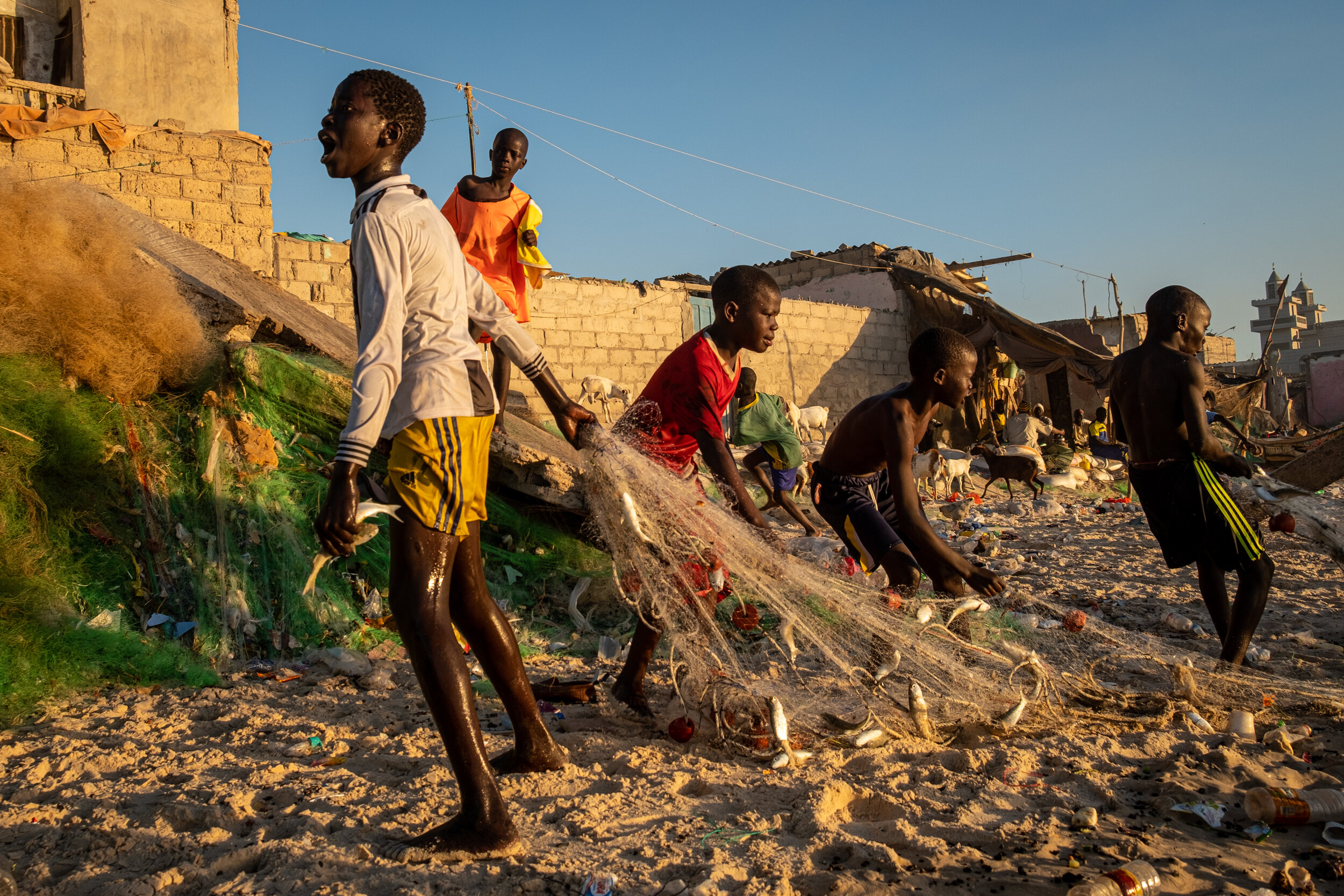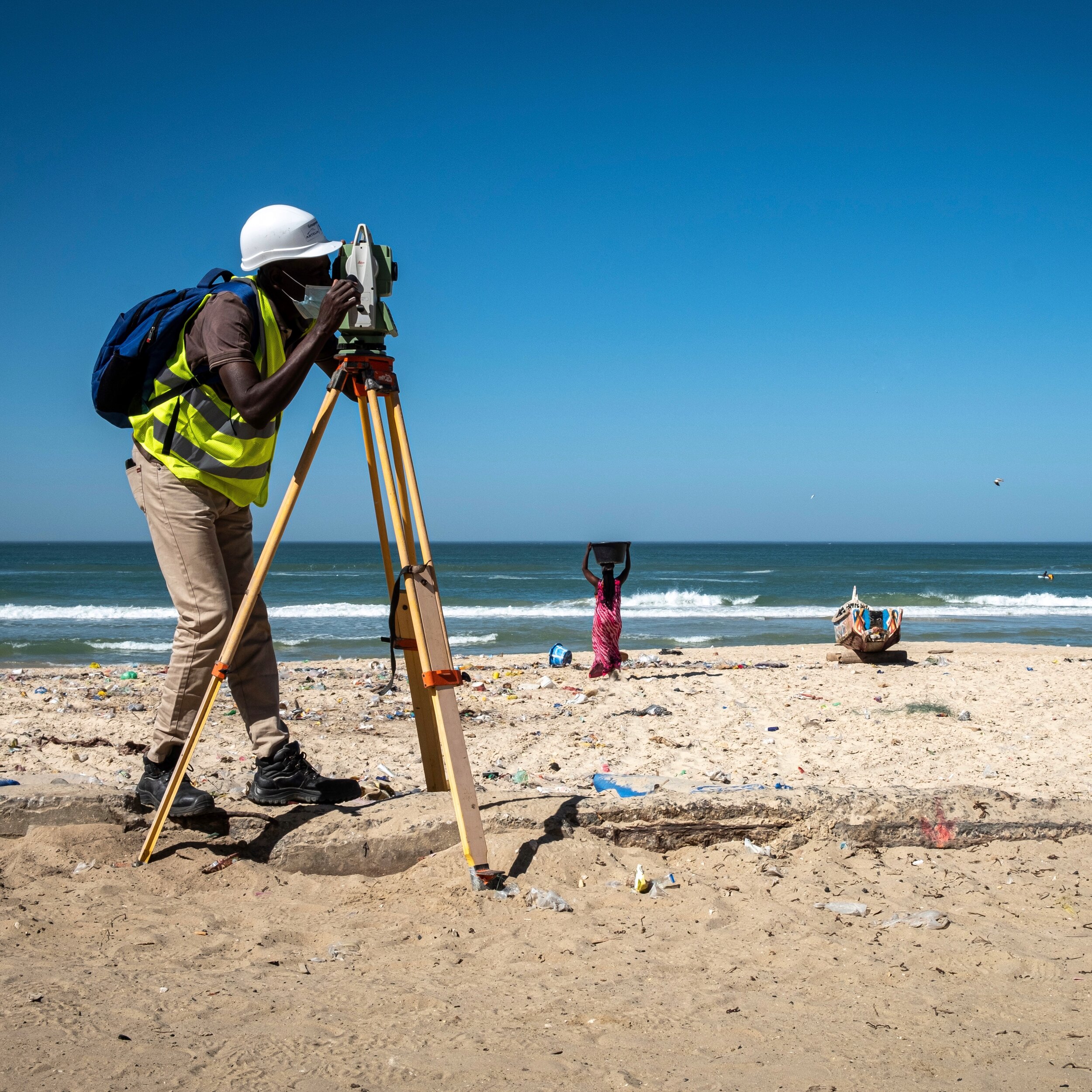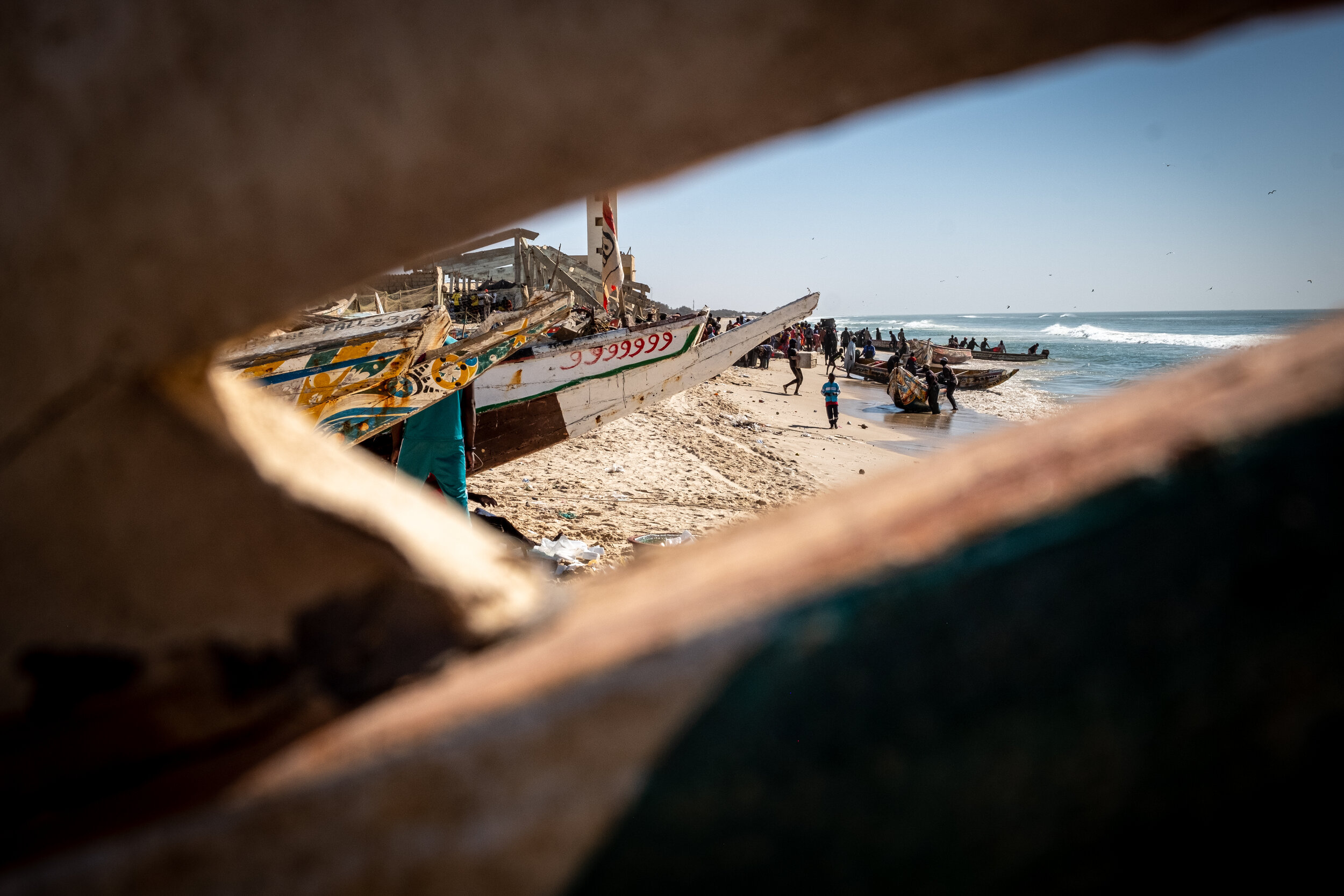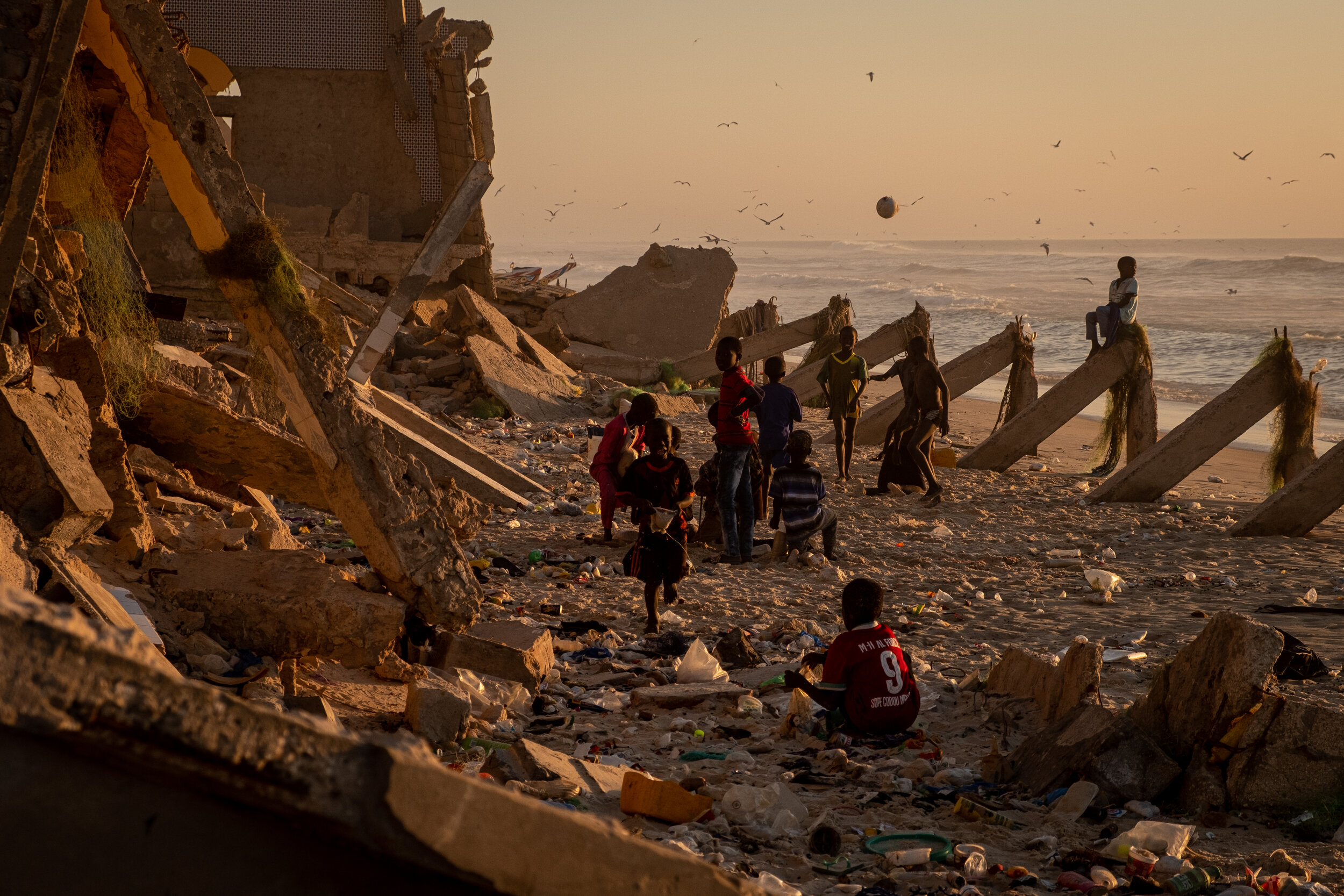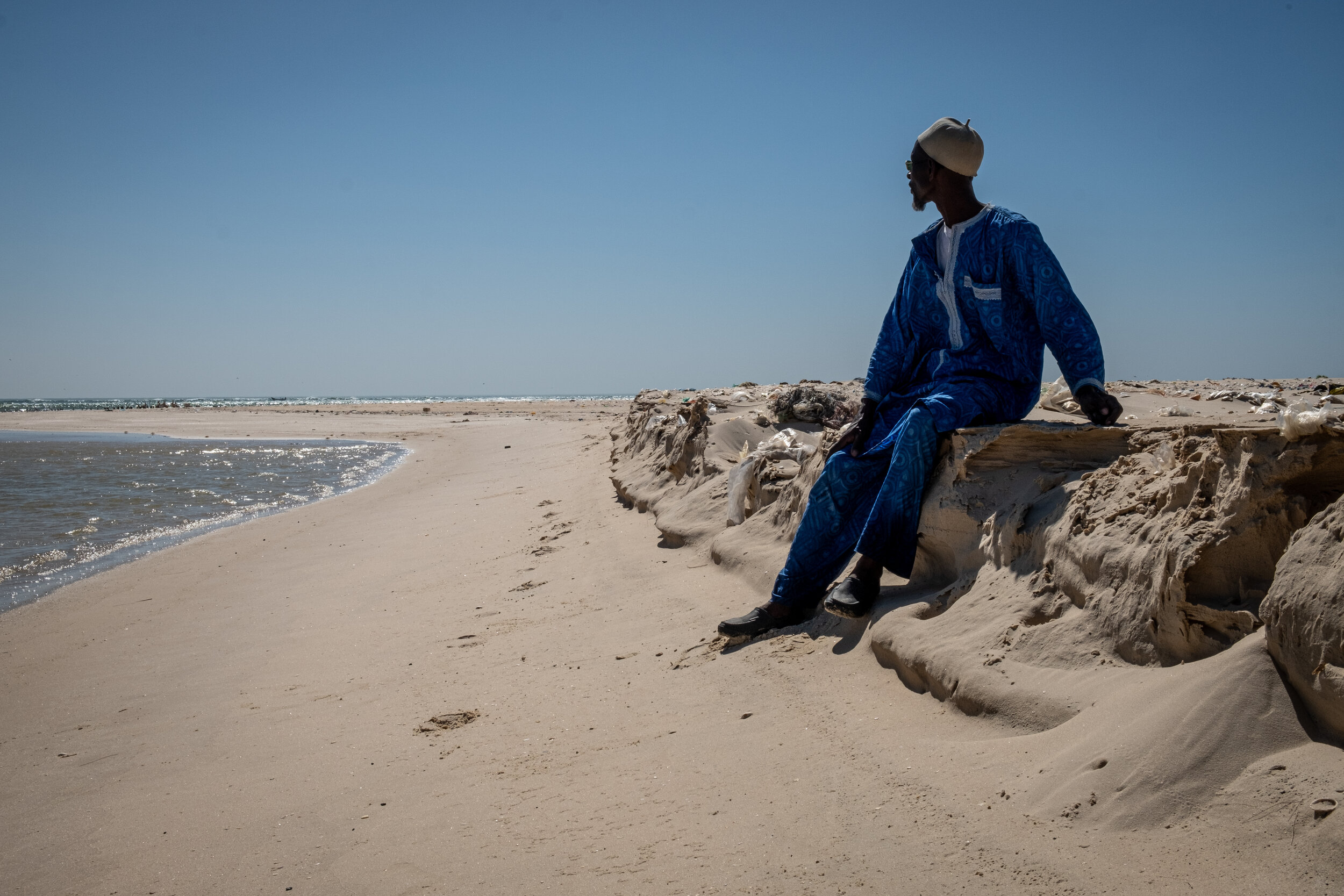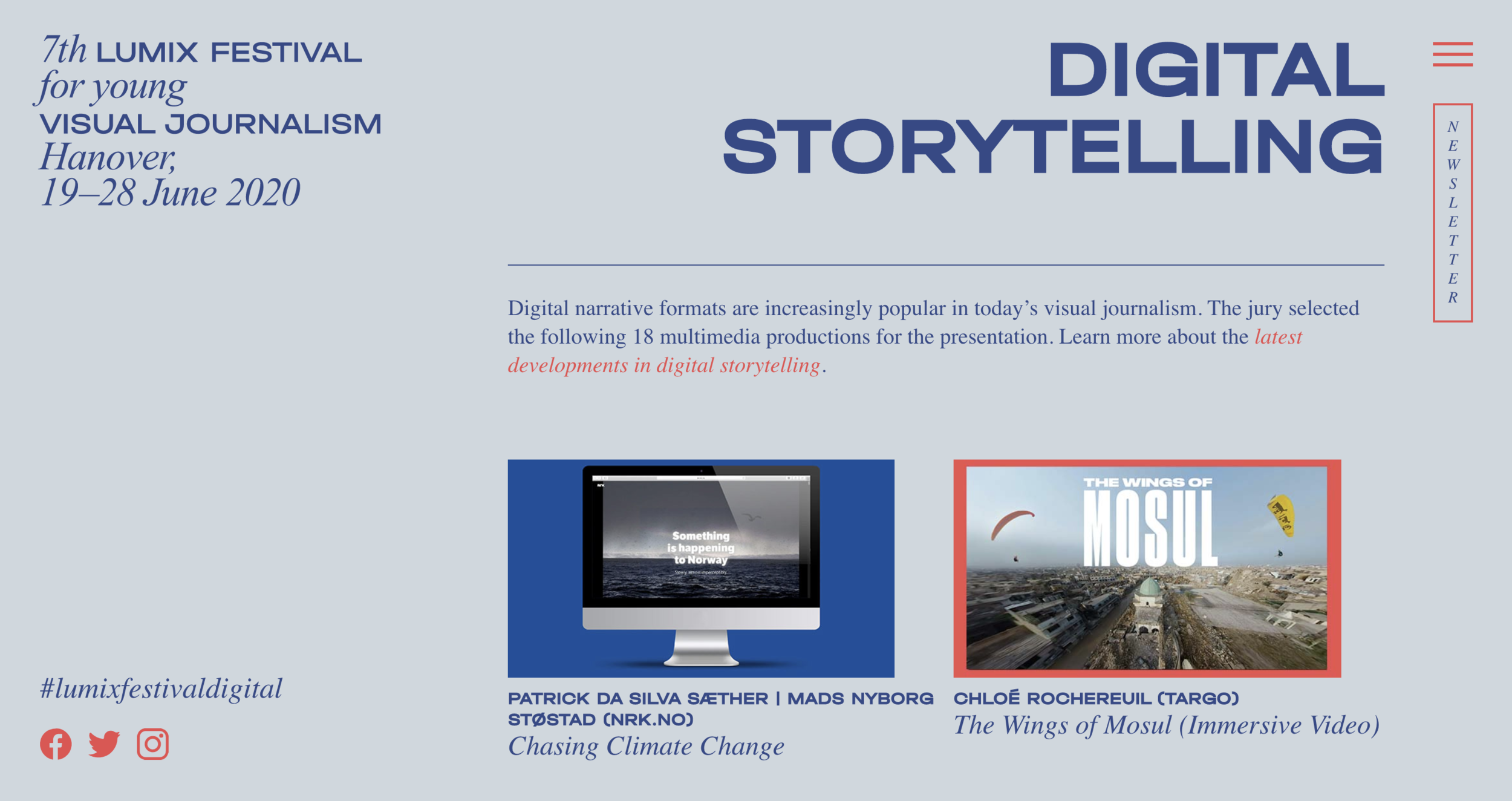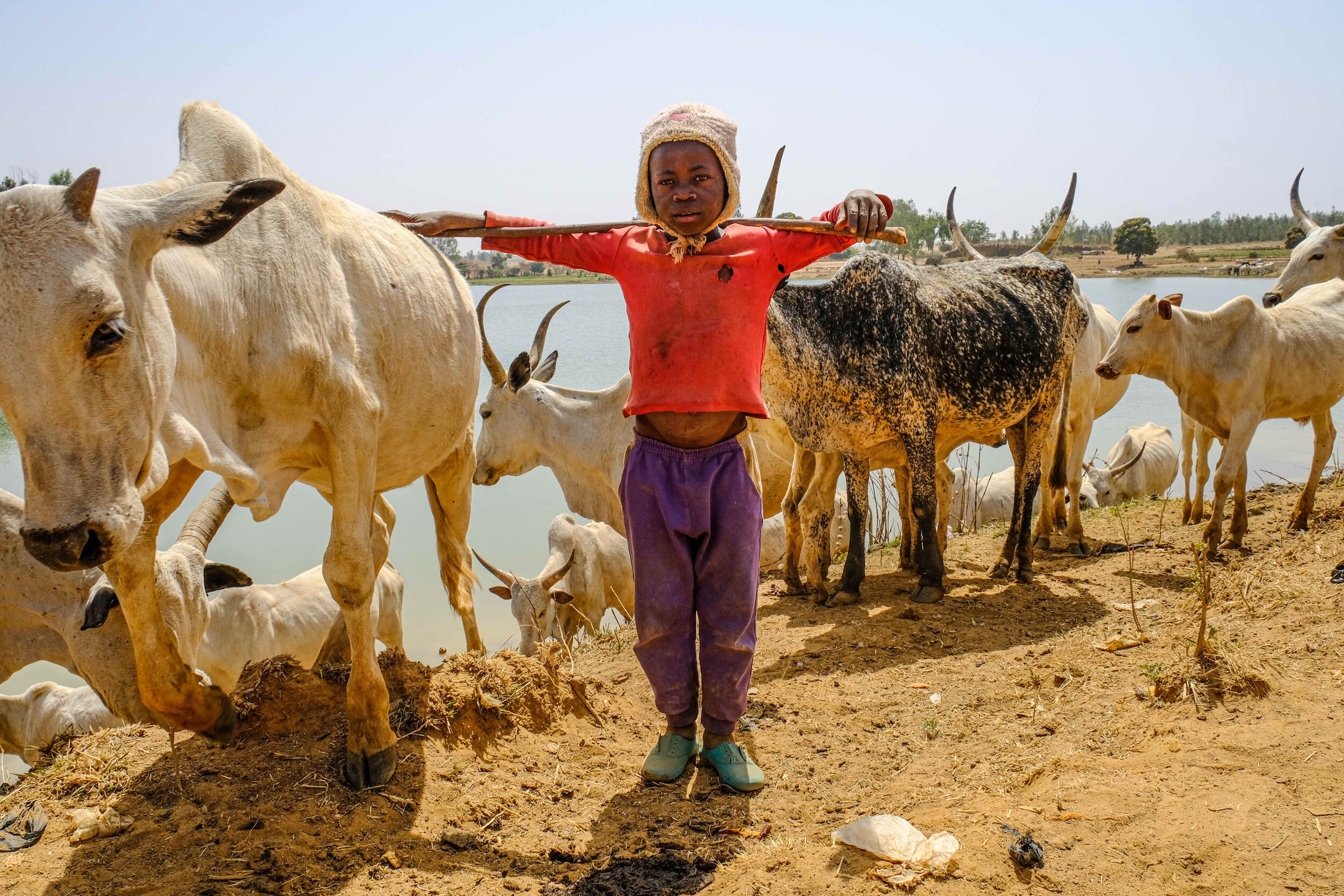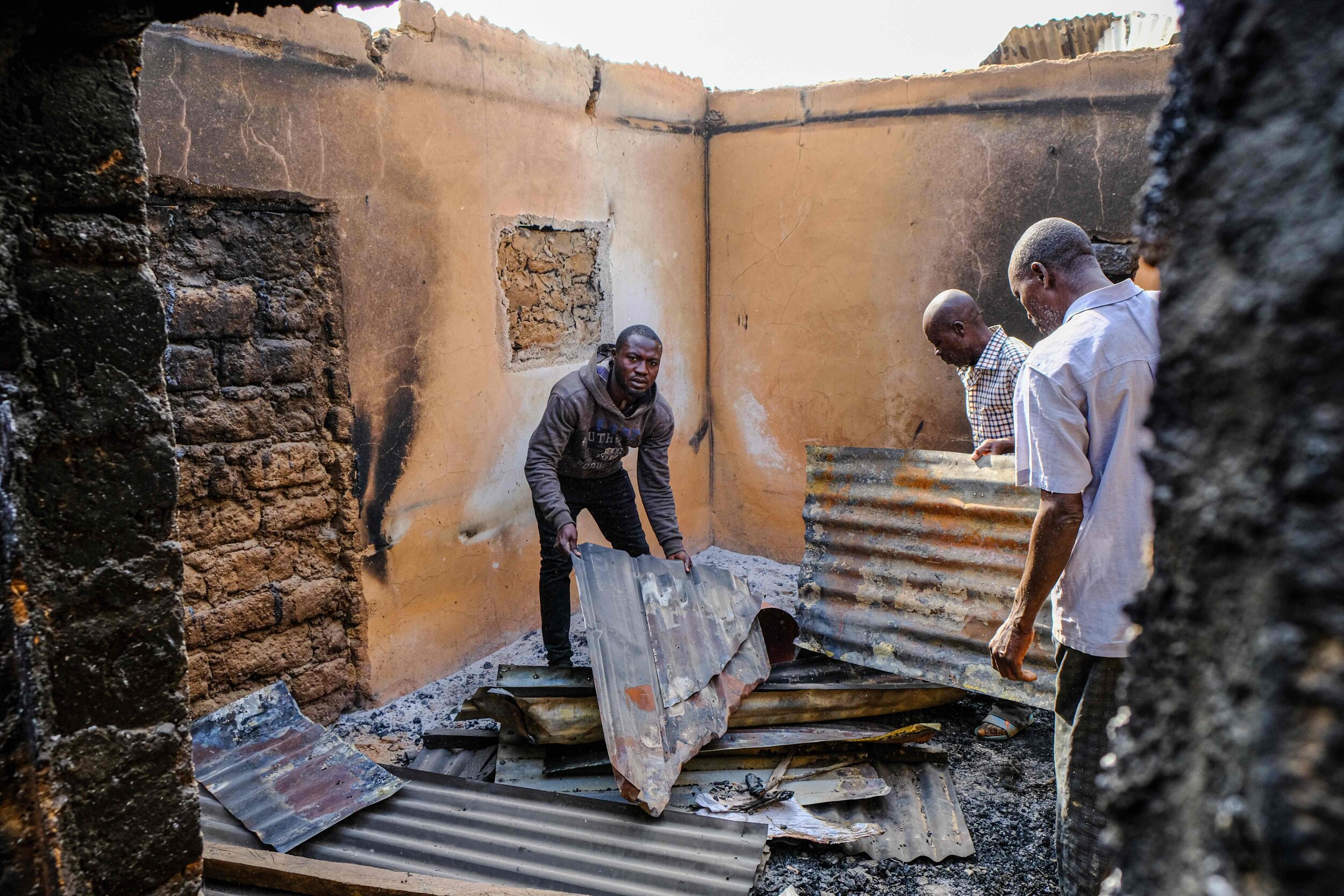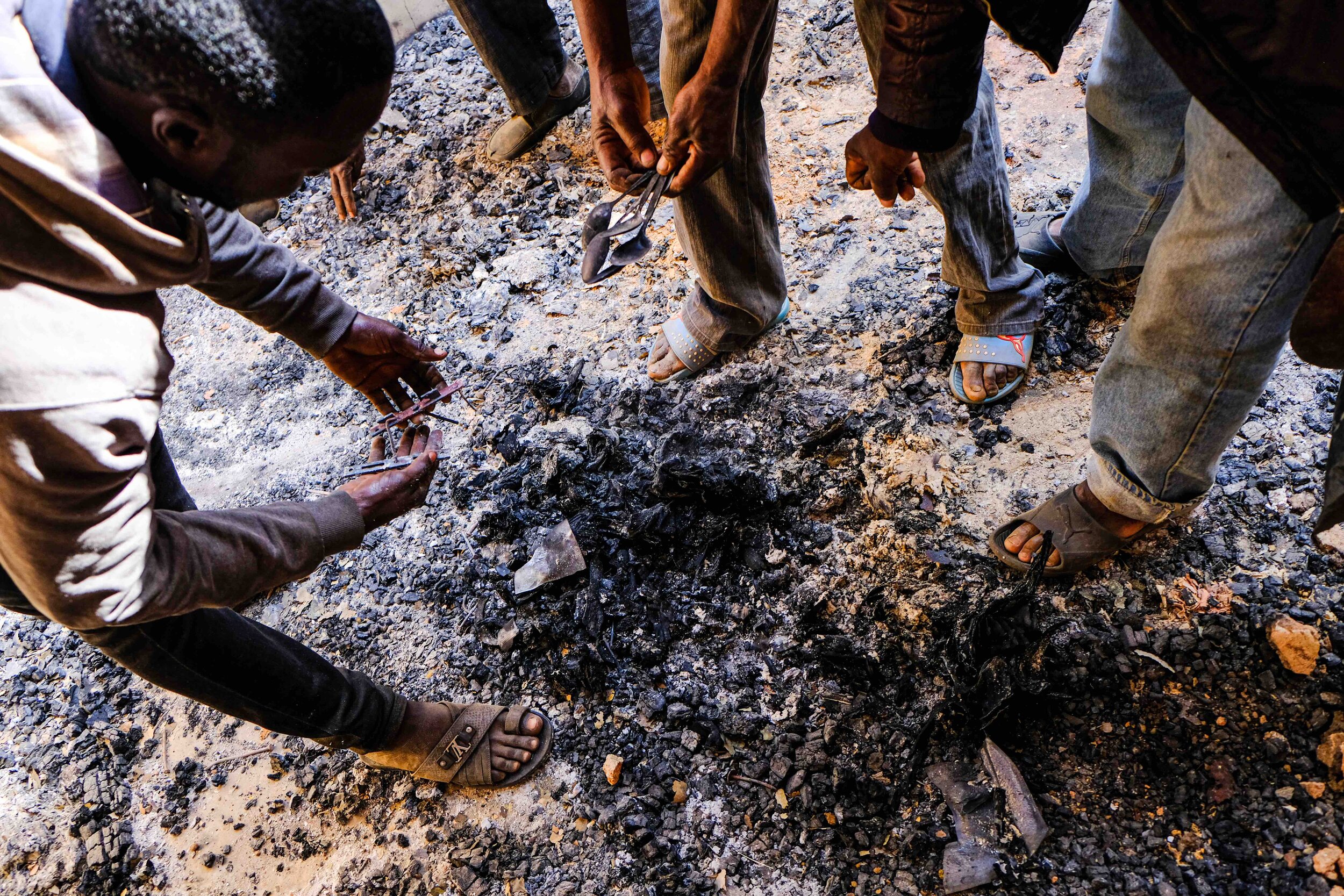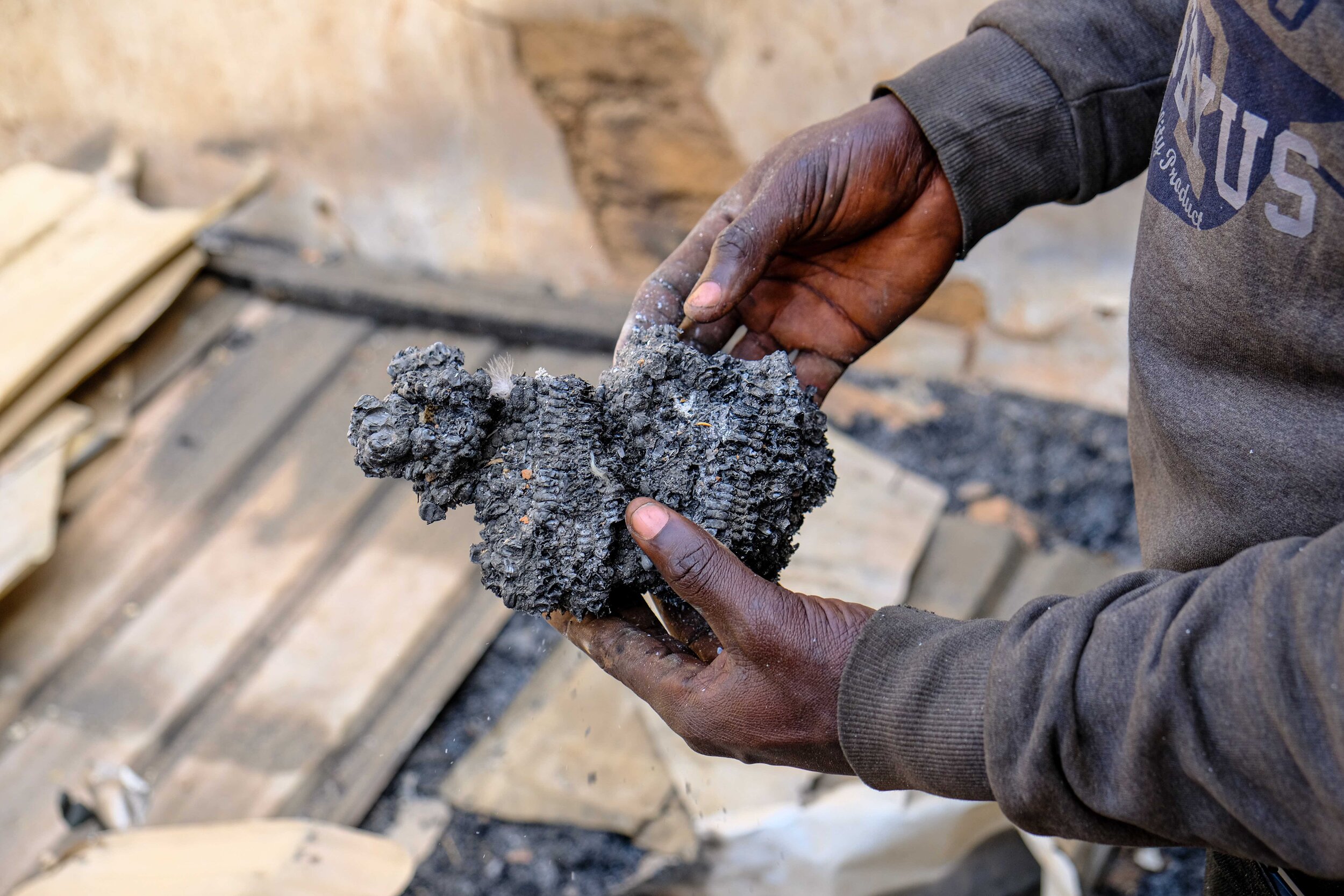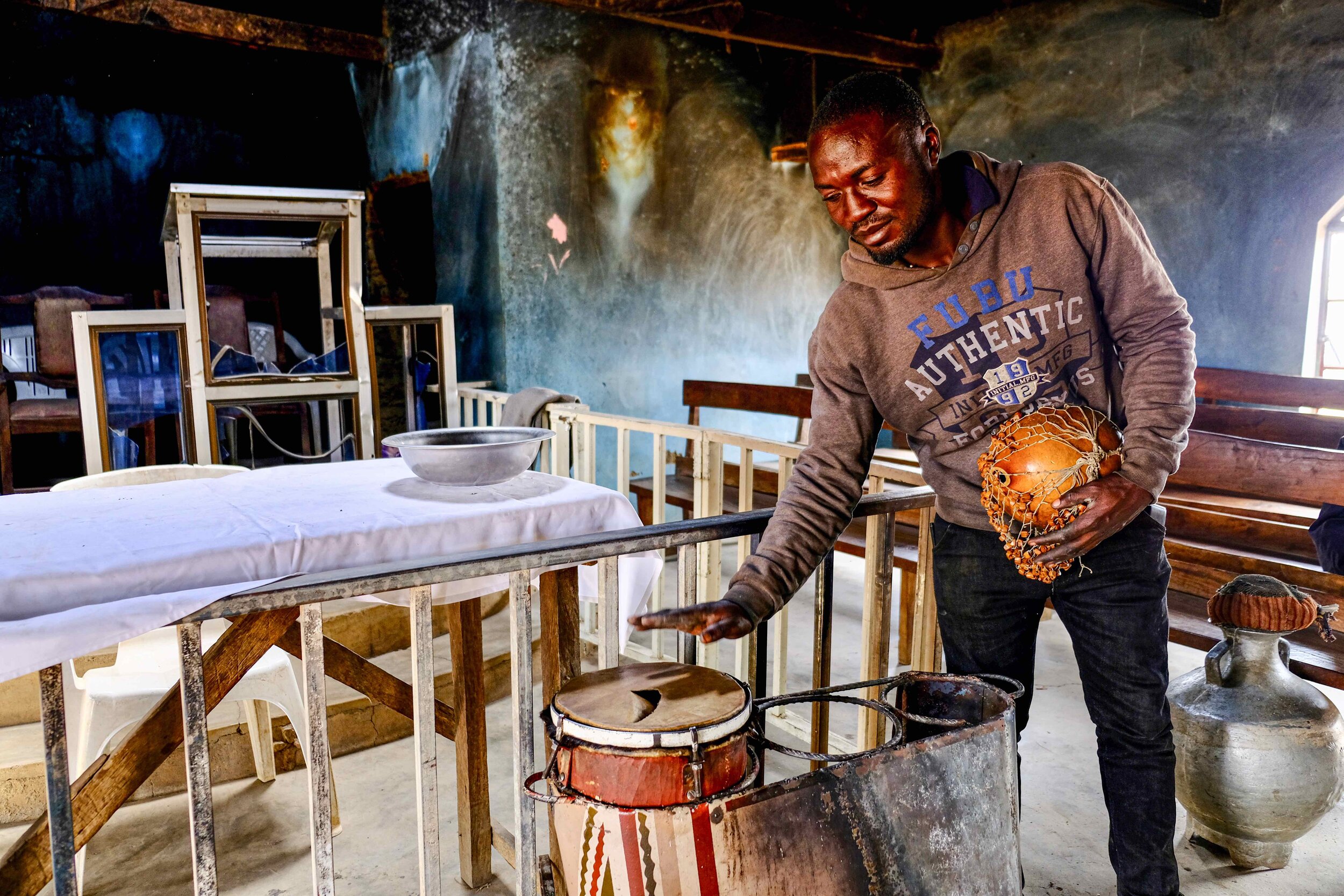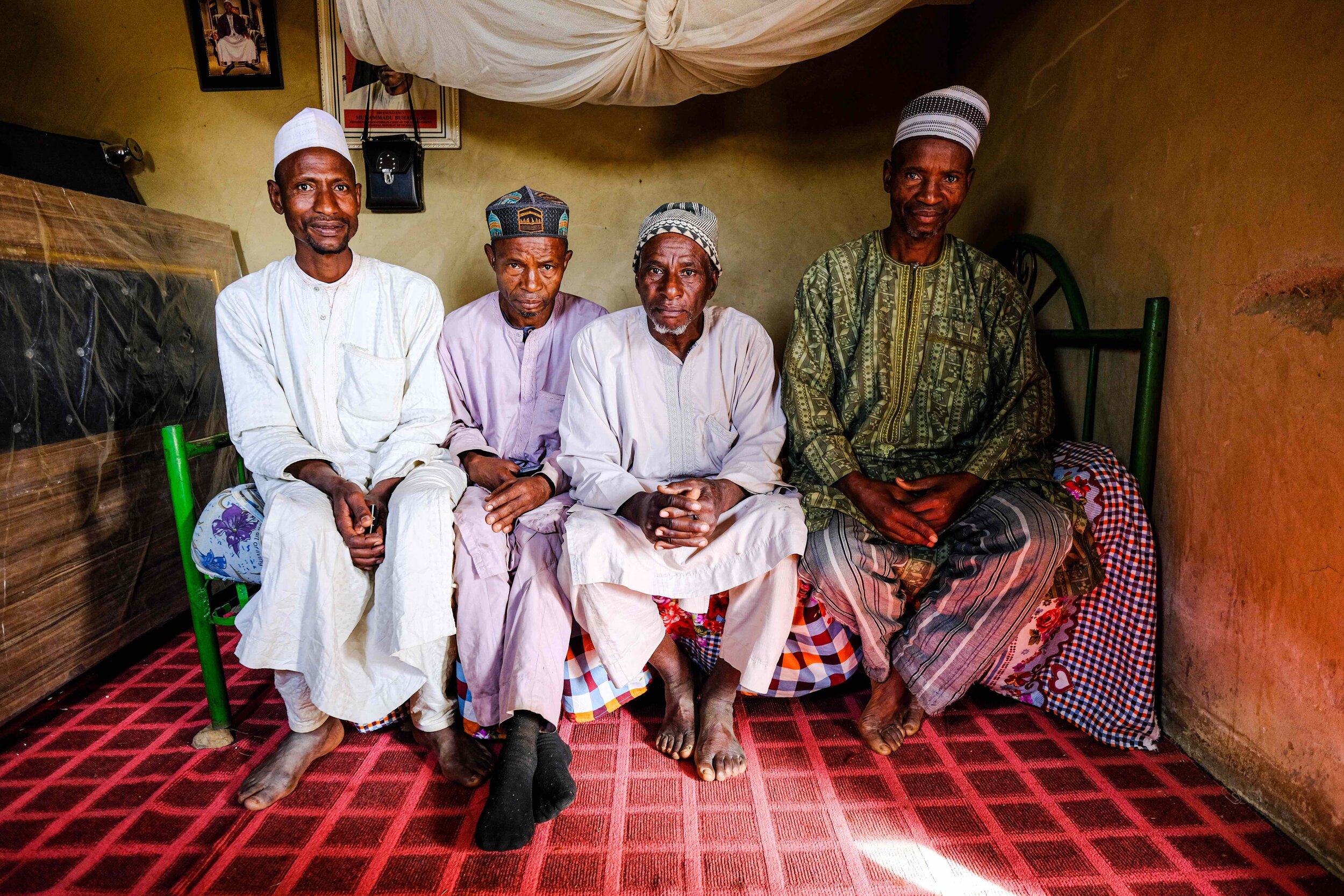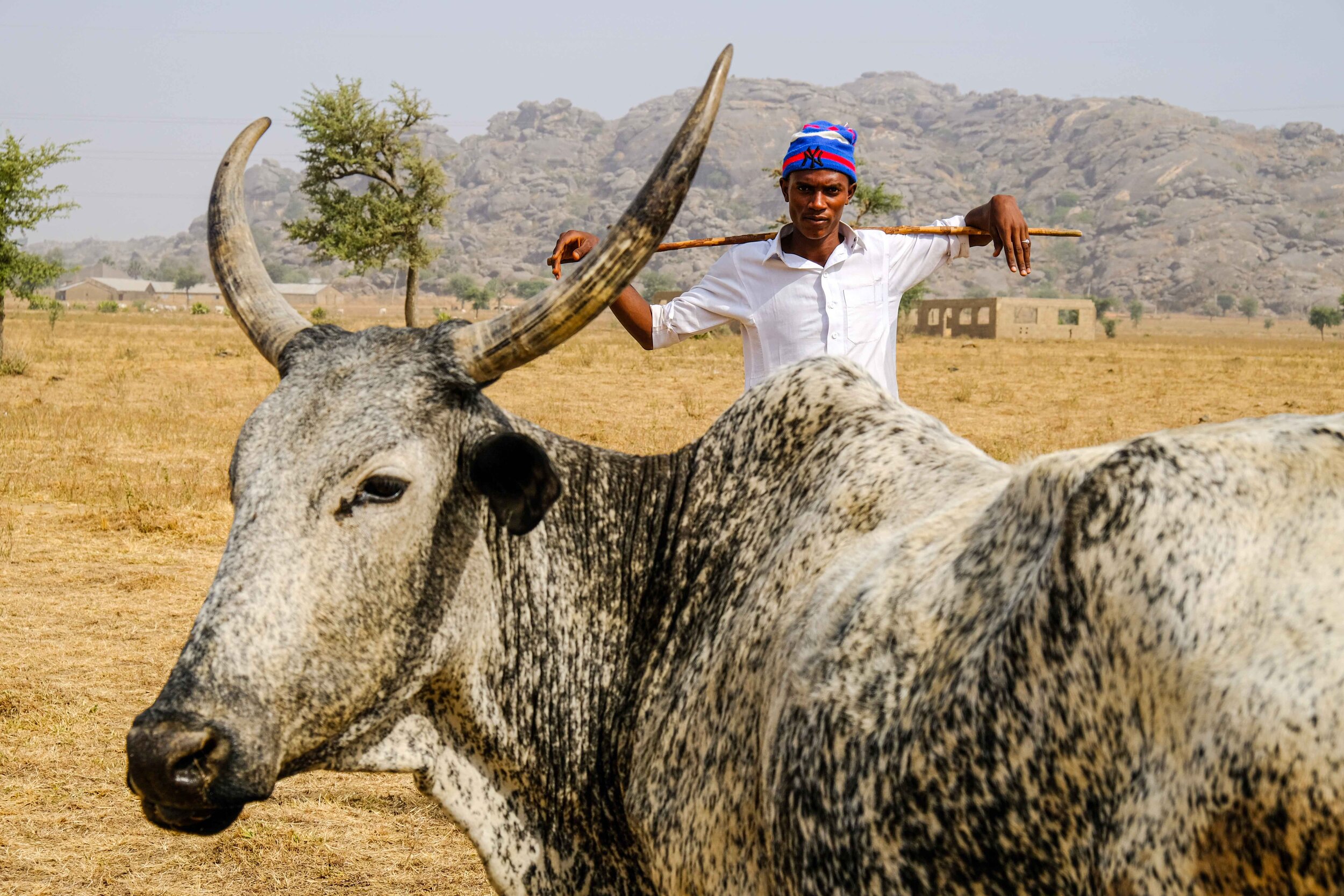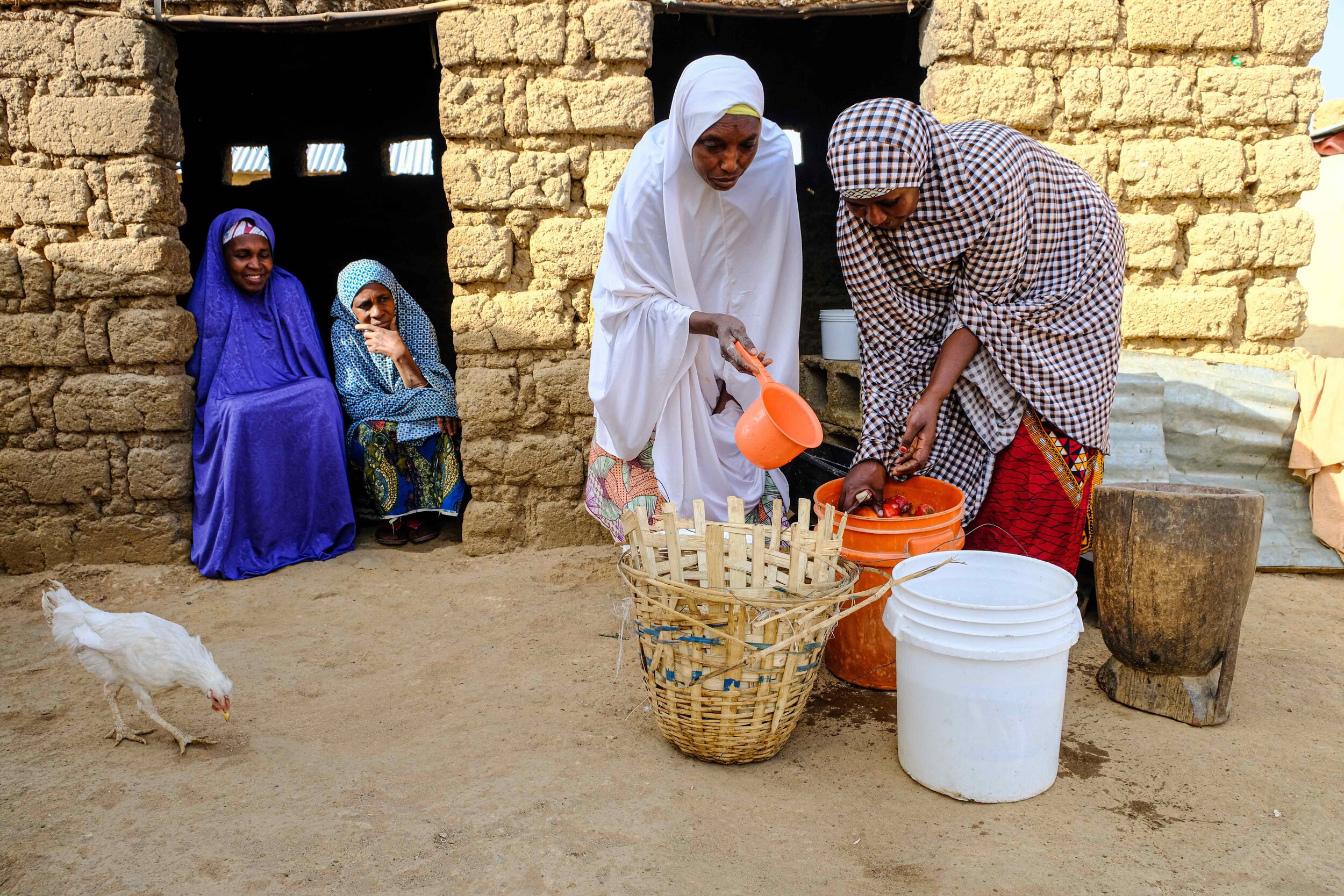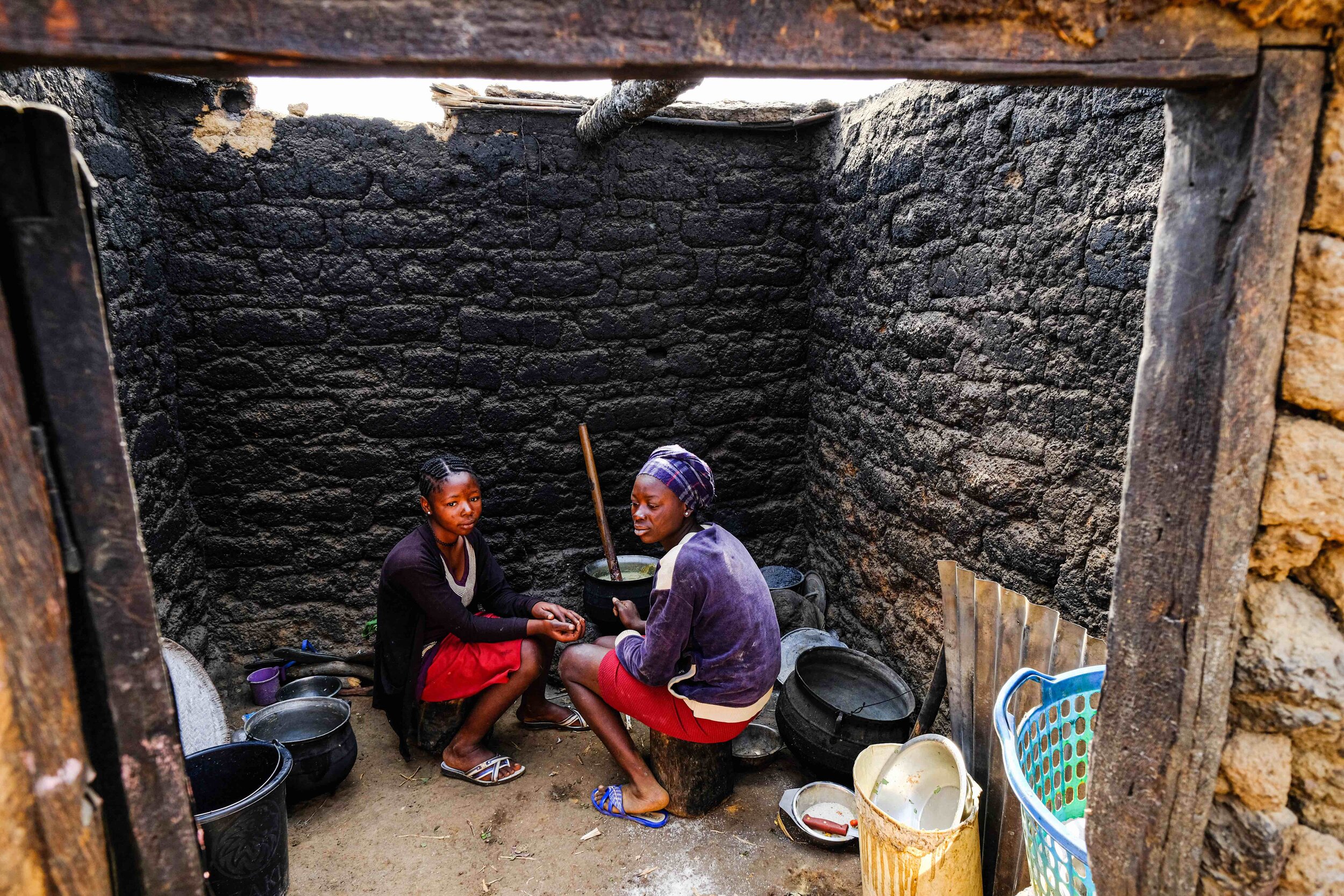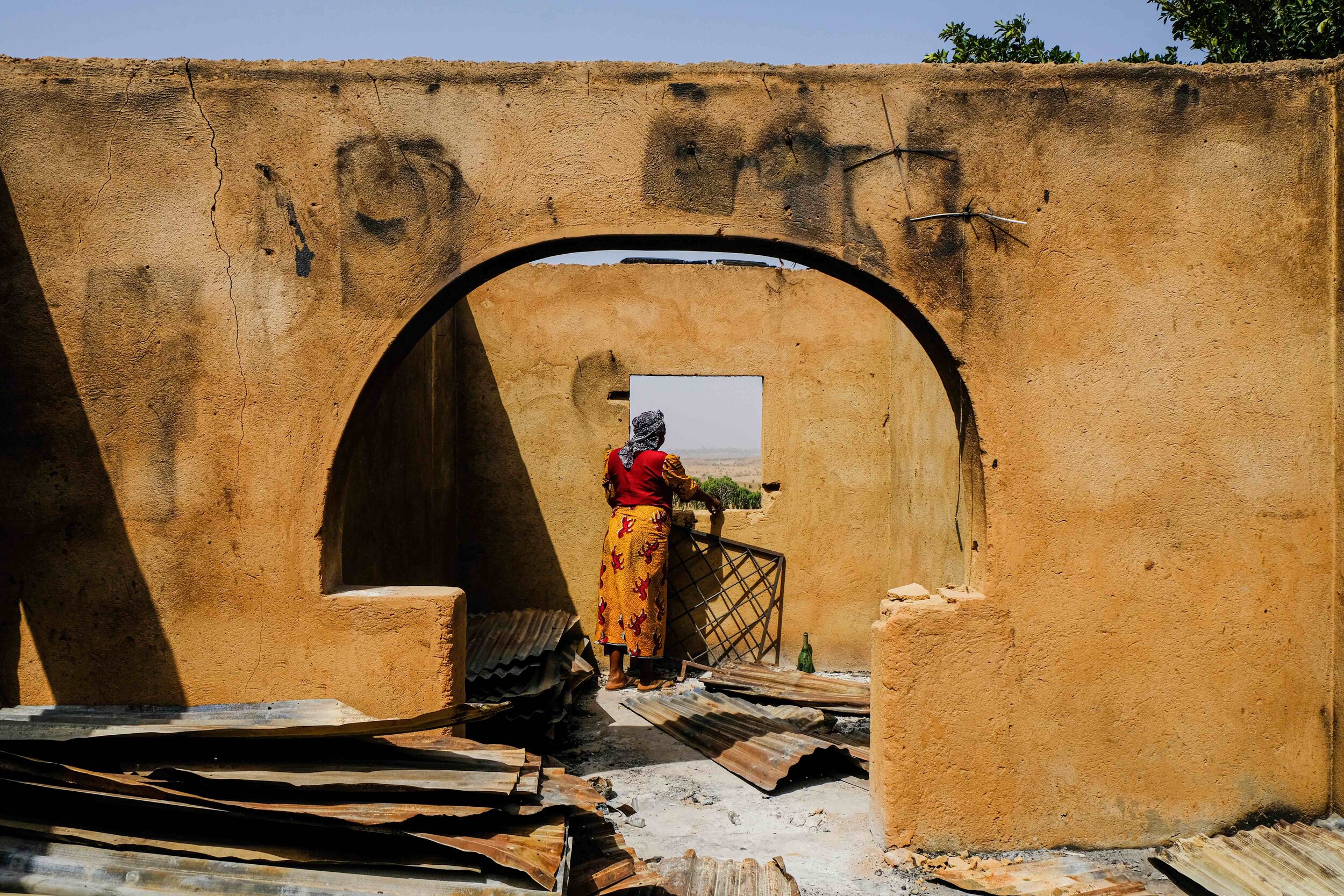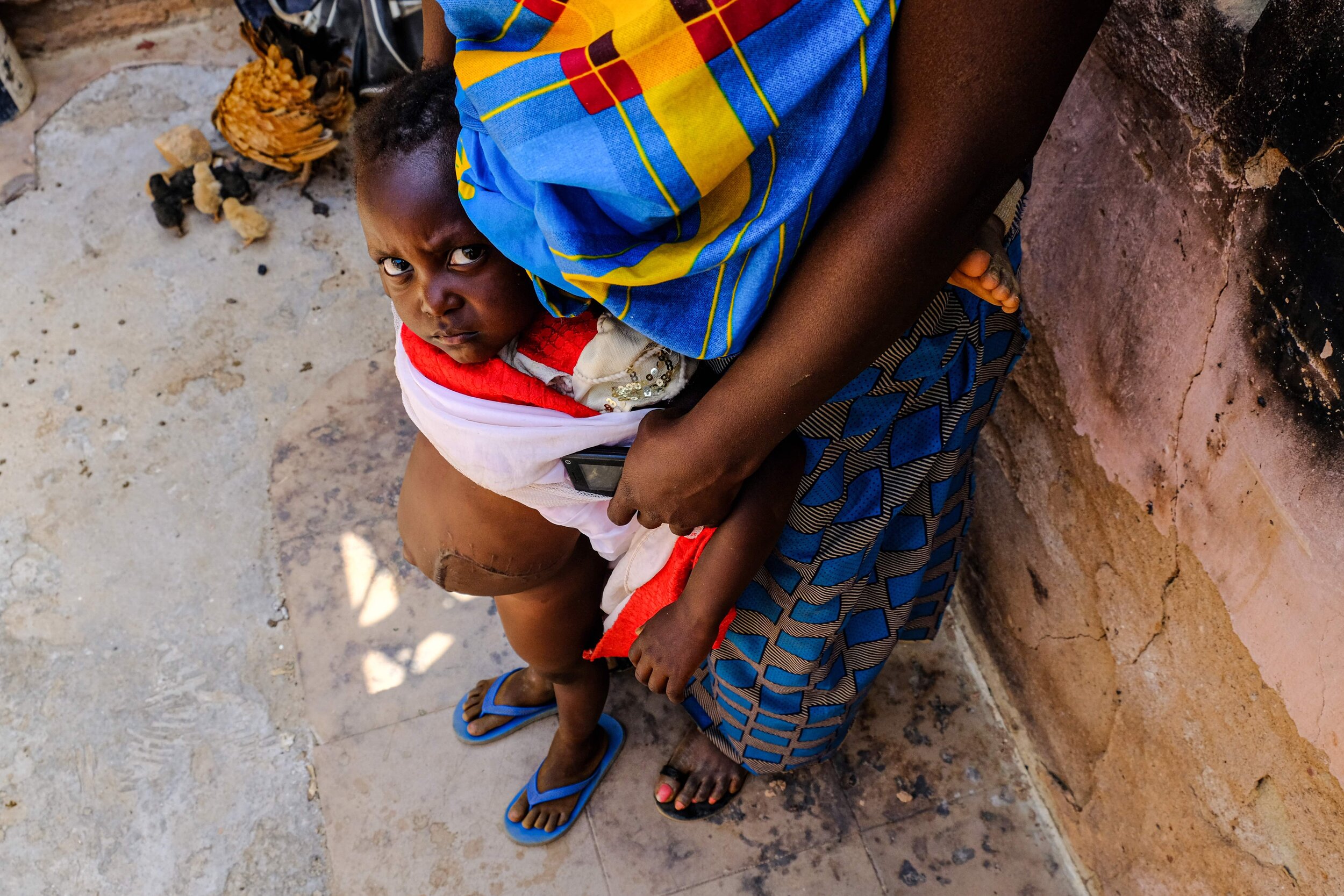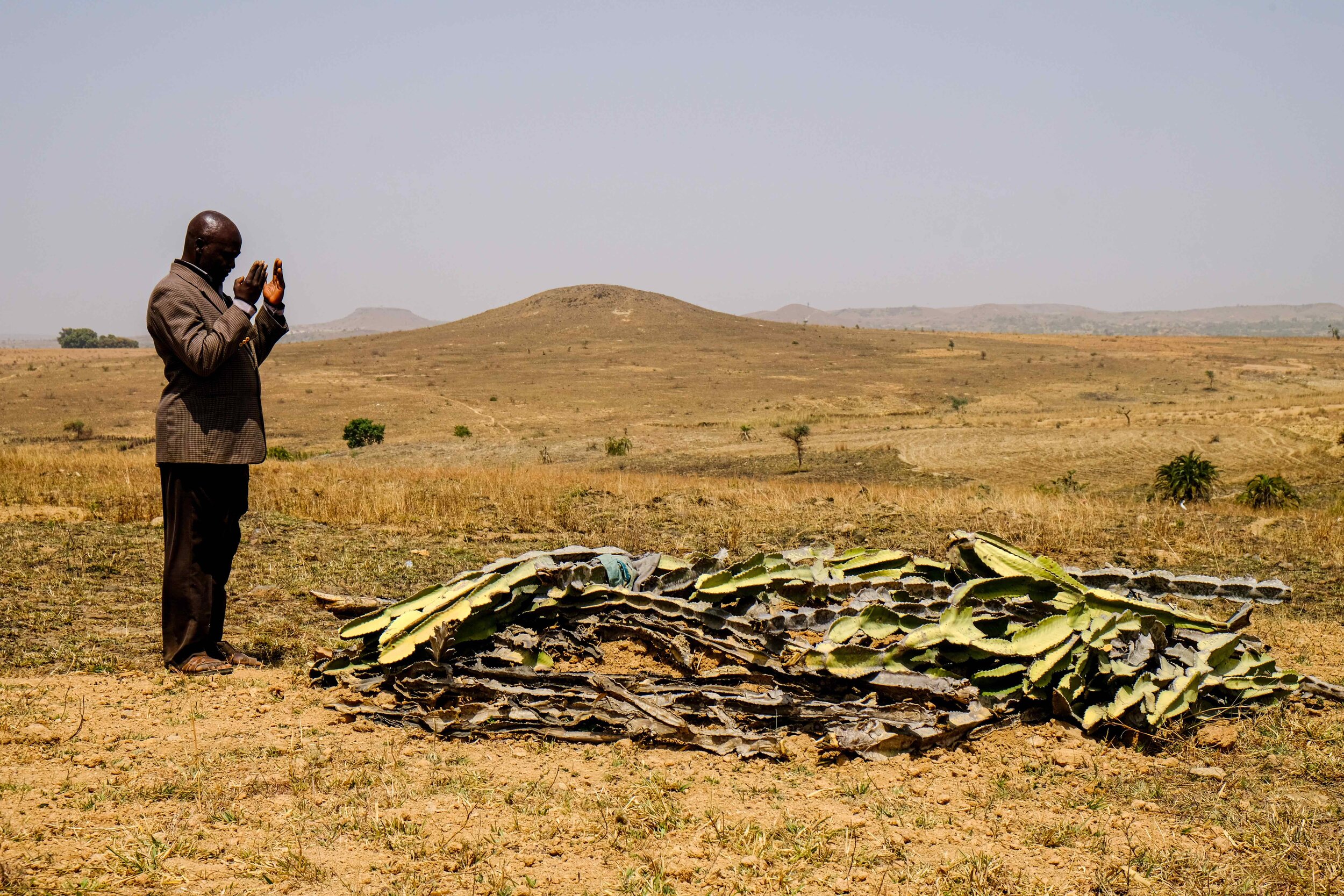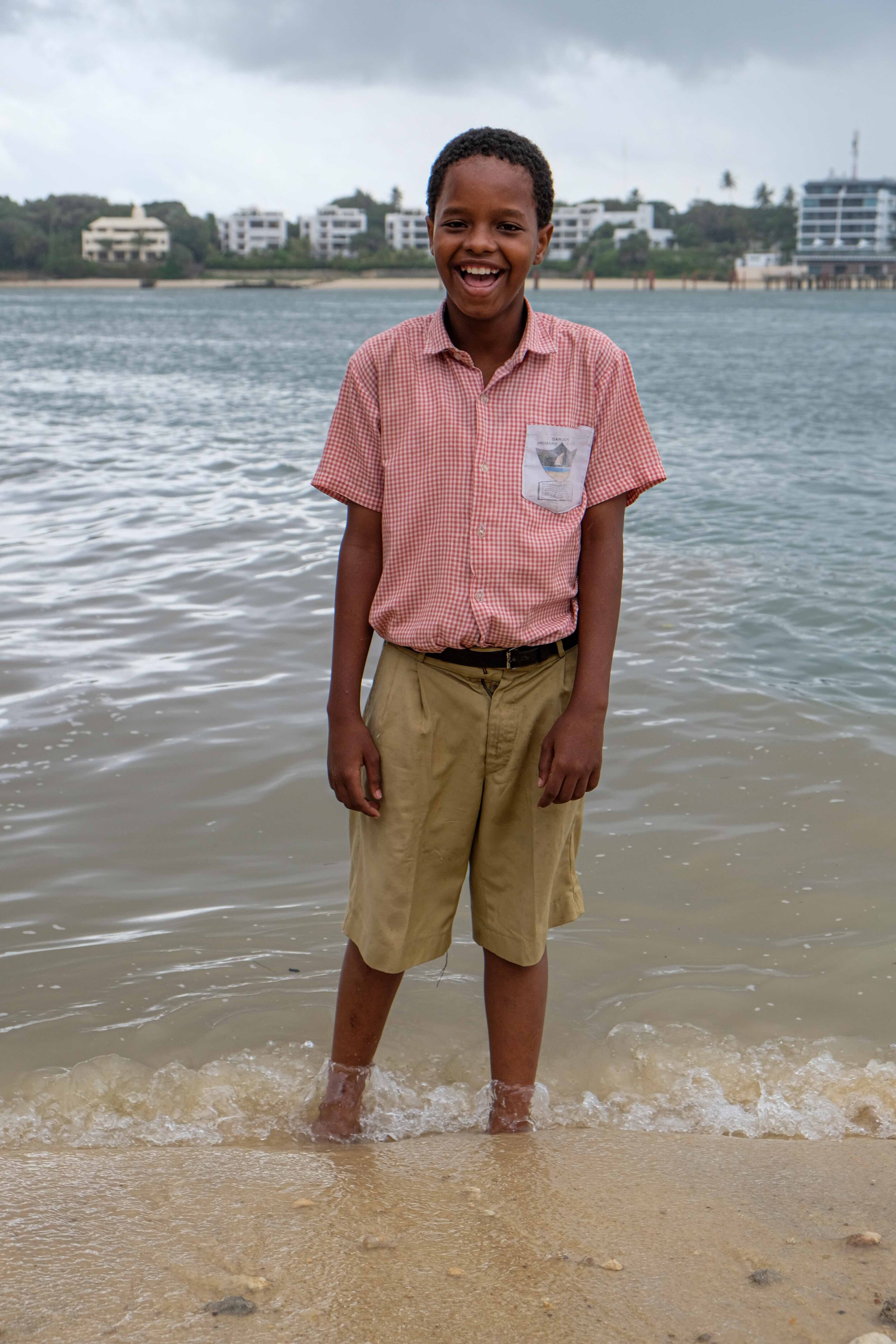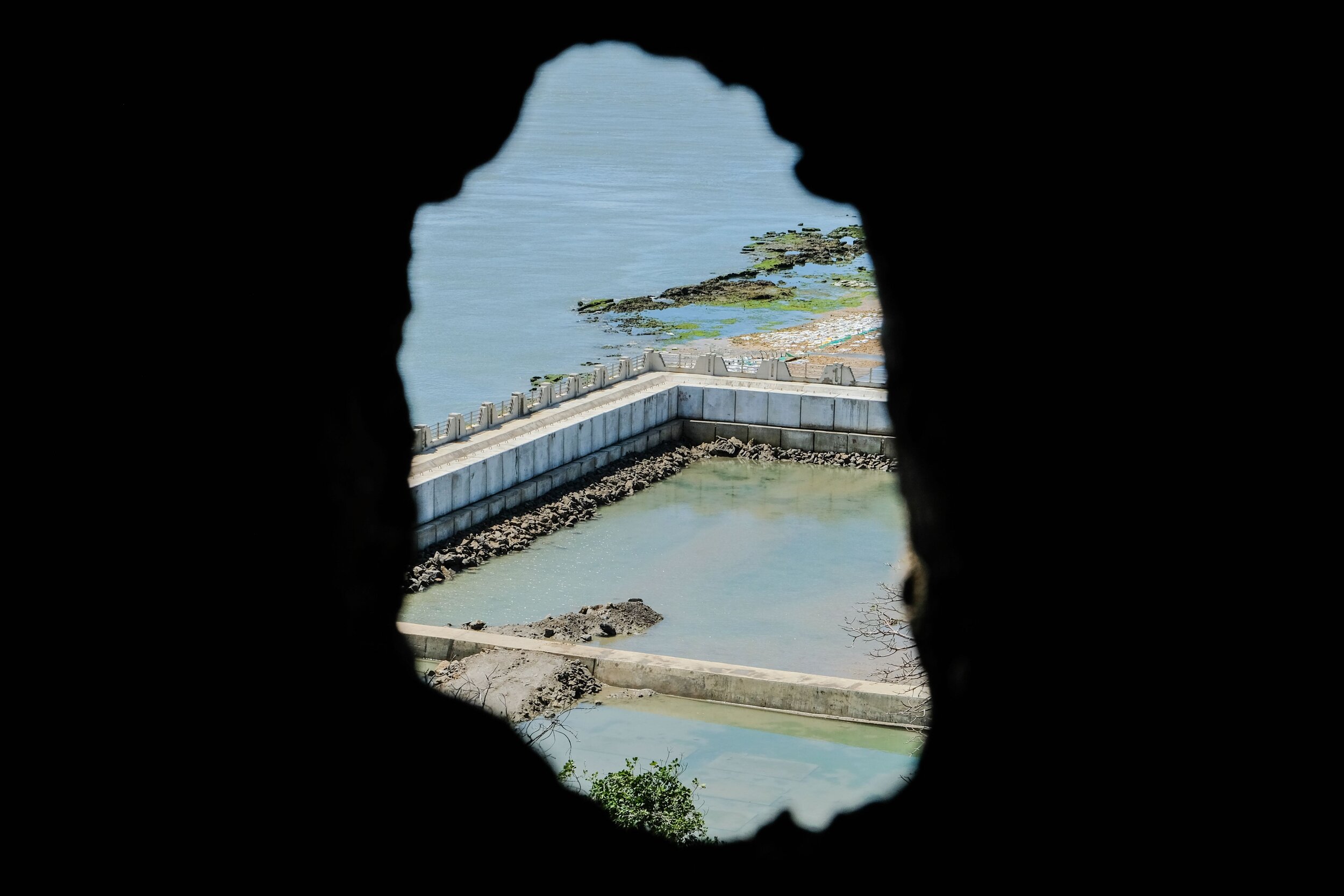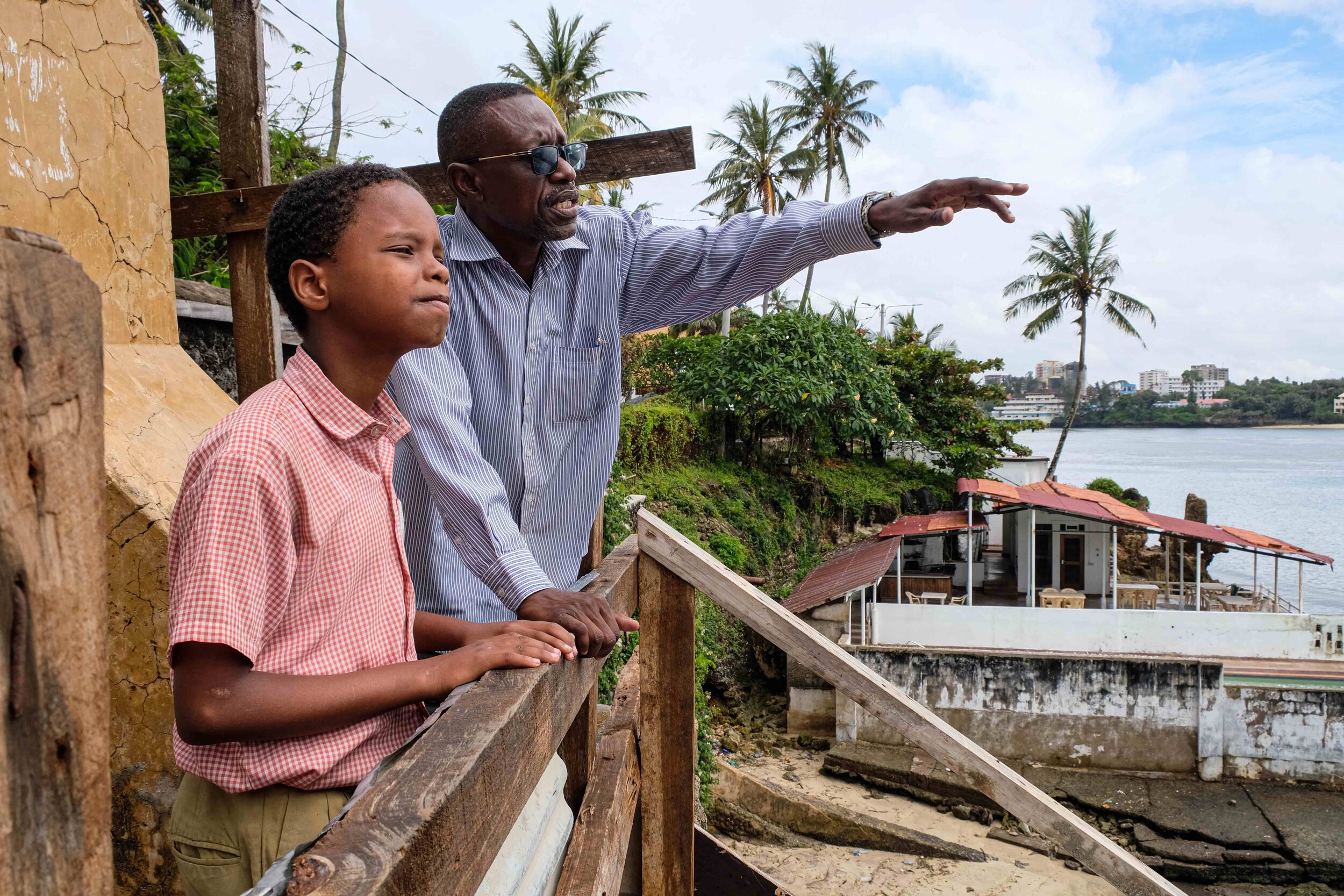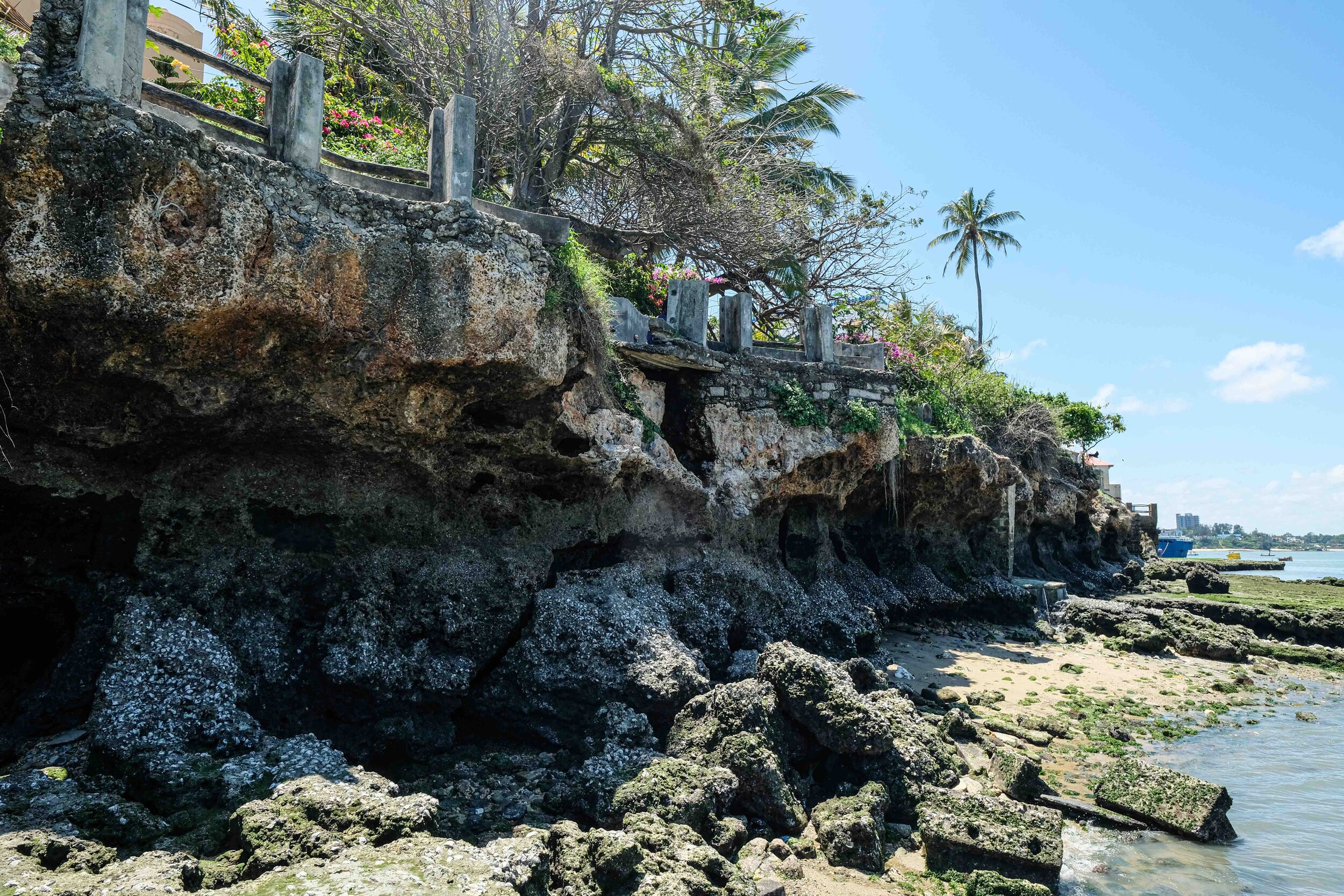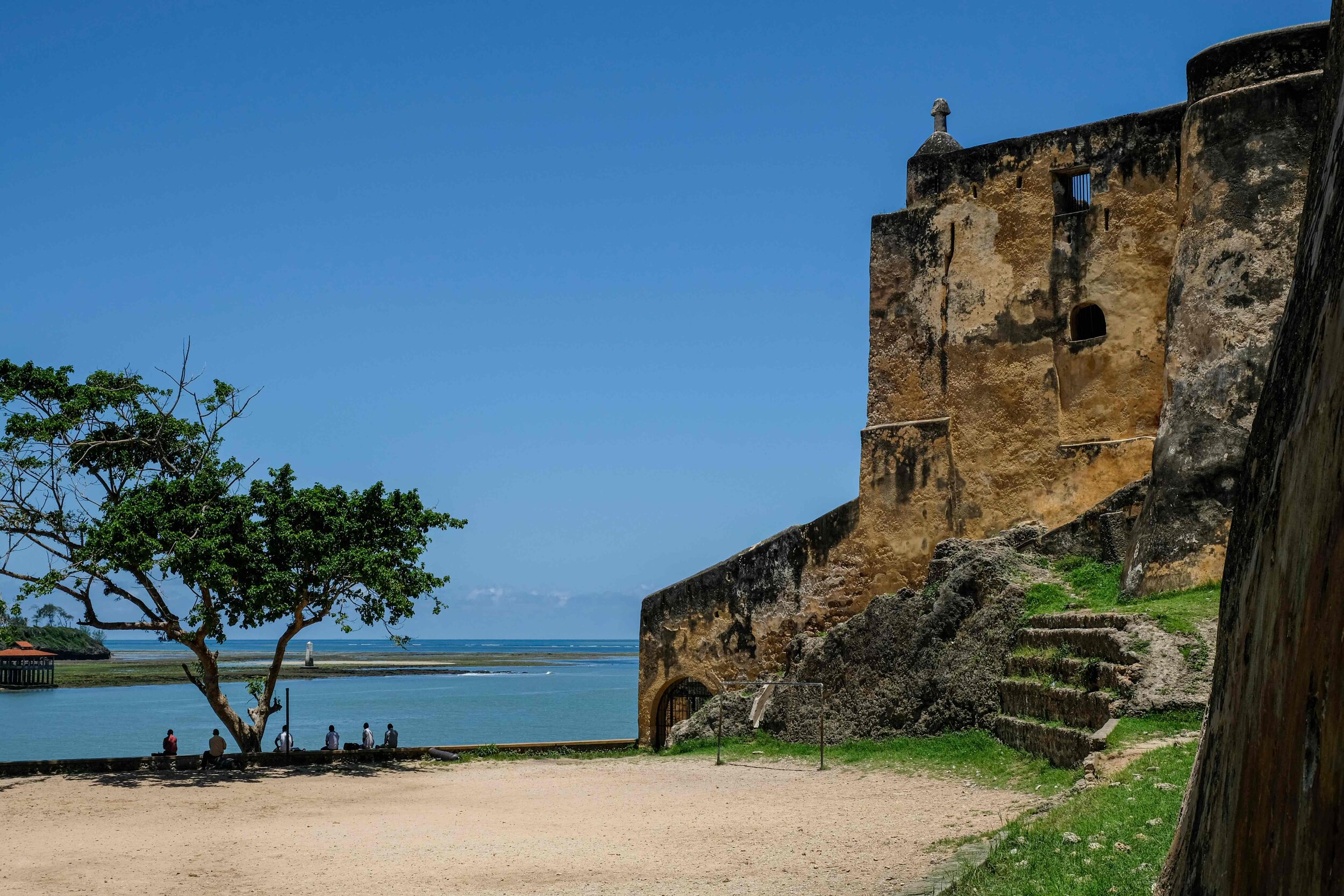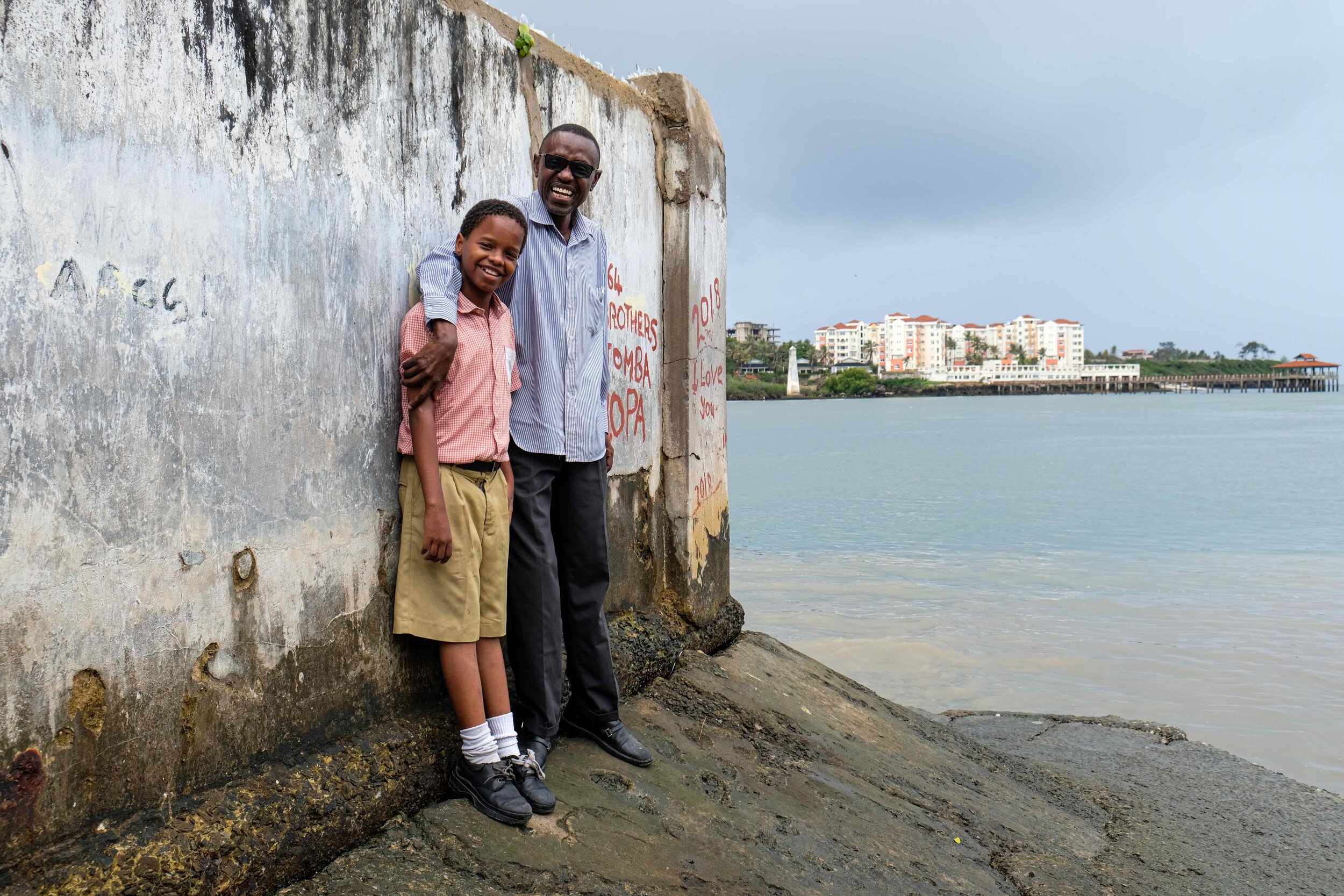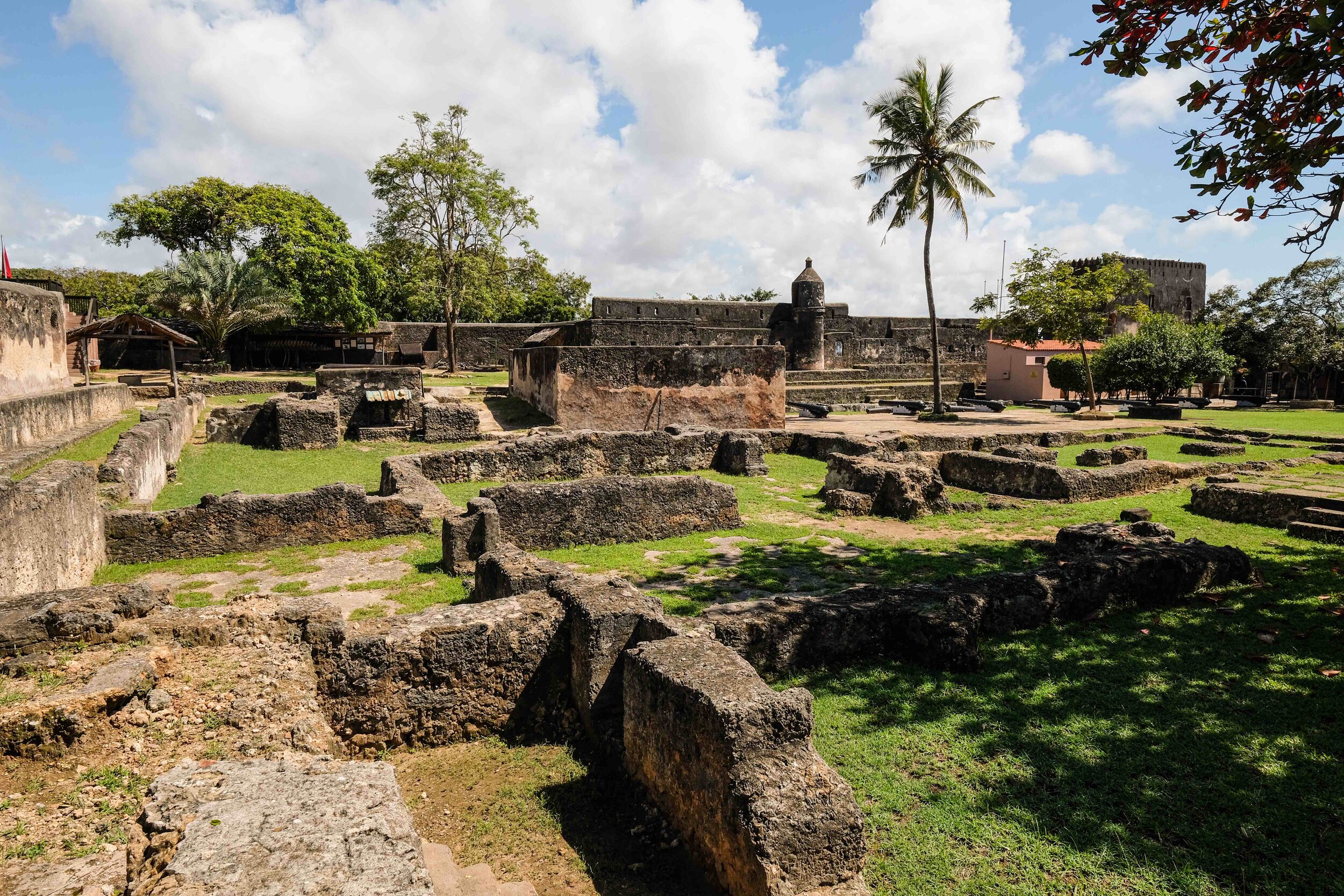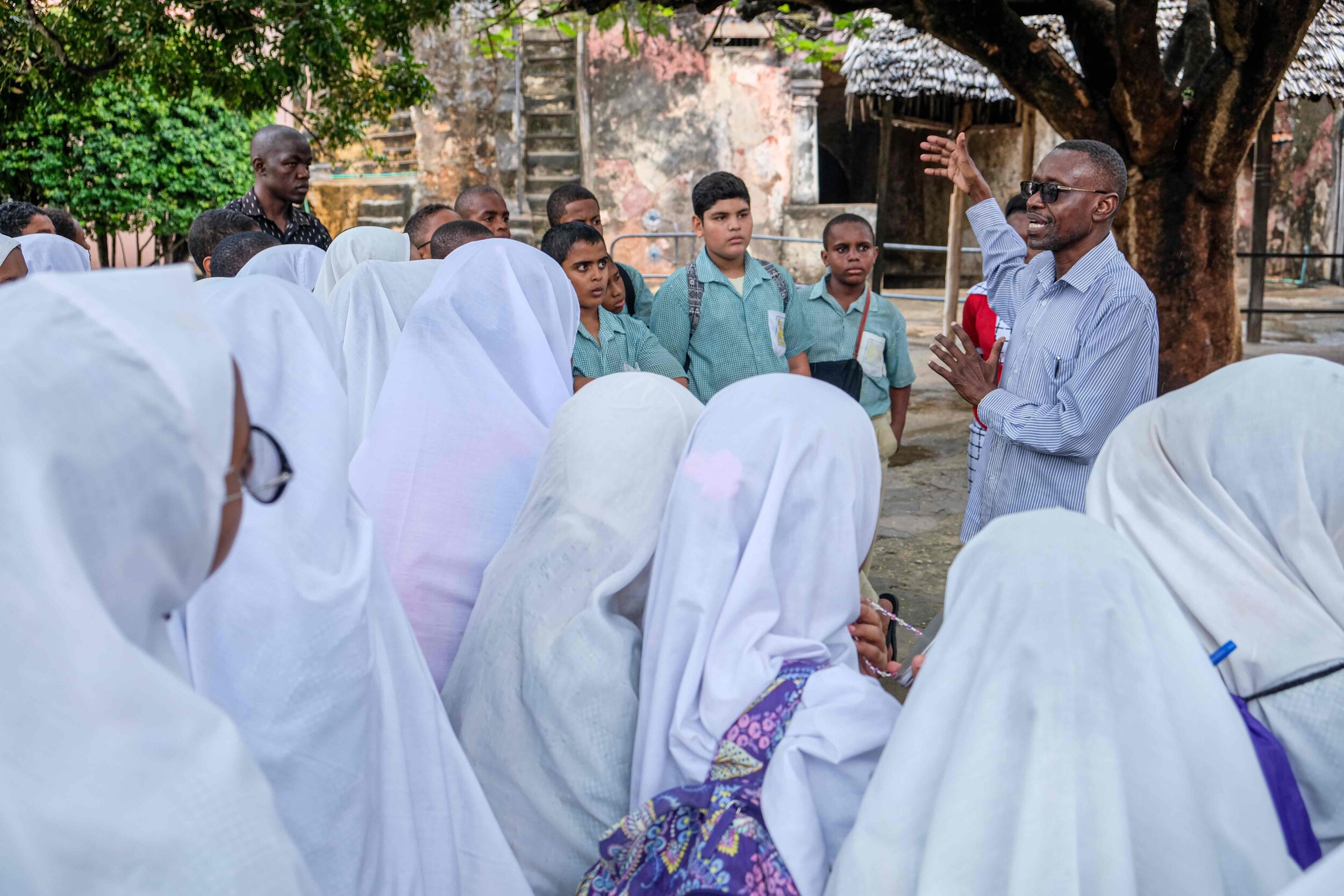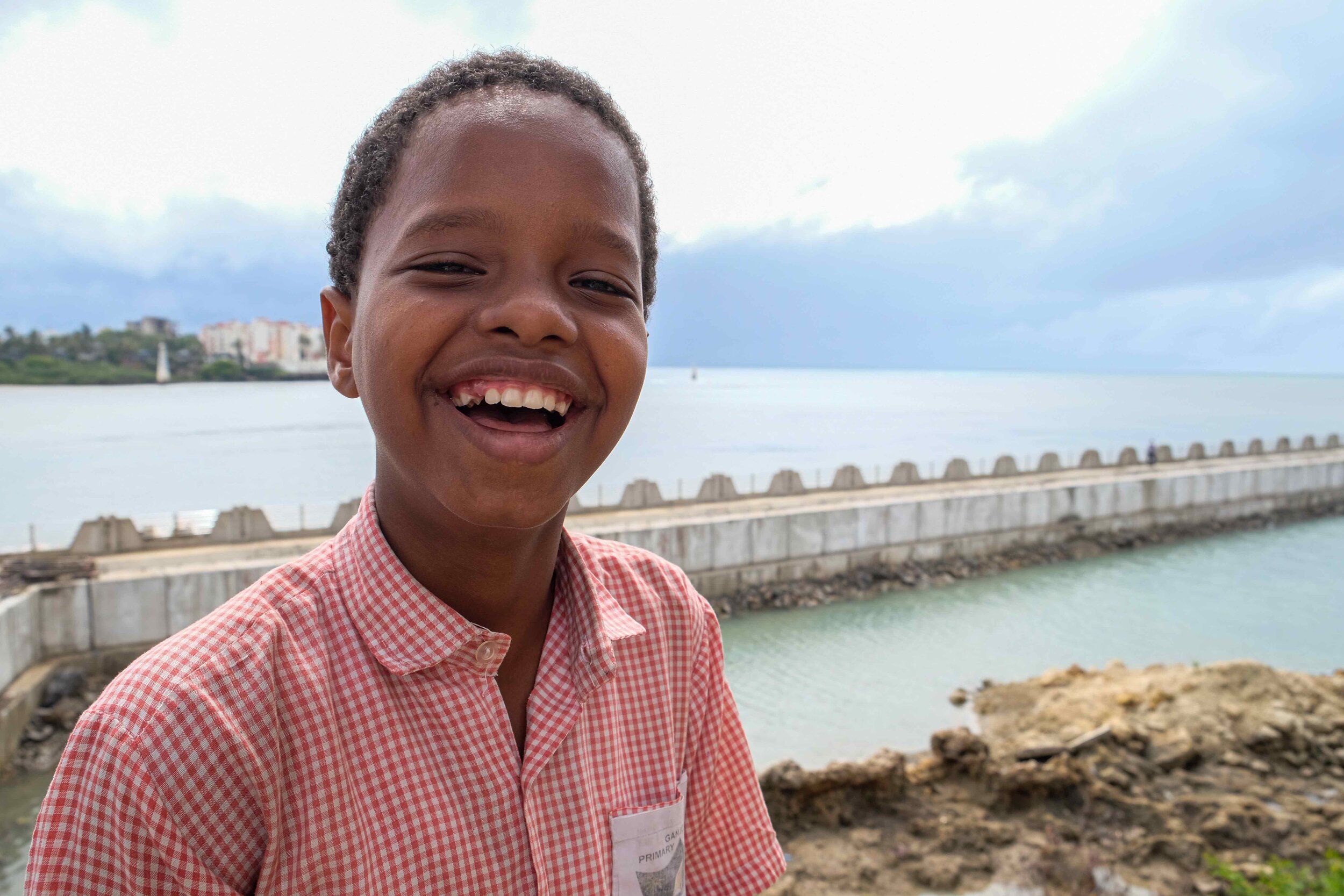Life in Somalia’s largest camp for climate refugees is tough. Here, in the south of Somalia, nearly 360,000 displaced people live in 500 locations around the small town of Baidoa. And that number keeps on growing: every day, new IDPs or ‘internally displaced people’ come to Baidoa to seek shelter, medication, food and water.
Yet for Shukri (14), Mohamed (14) and Fadumo (17), this has been their home for years. They all came here during previous droughts, and have never returned to their original homes. To let people know how children are impacted by the effects of climate change in Somalia, which is going through the worst drought of the past 40 years, they have decided to team up and become climate activists.
Shukri: "I wanted to understand what is happening to Somalia, to know why our country is facing this heat. I then found out that the climate is changing, not only because of the cutting of trees, but also because of pollution of cars and factories. I have also learned that in our country, we don’t even have that many dirty cars and factories compared to the rest of the world. This makes me sad. It feels very unfair to me that we are facing the consequences of climate change. We are paying the price for something we have not caused."
Mohamed: "The drought affects us all and the drought is here because of climate change. We had to leave our homes and come to this settlement. Even here, the heat is sometimes too much. At times, it is so hot we cannot stay in our classrooms, and we have to go outside. When the winds are coming, even our houses that are made of fabrics are not providing enough shelter. There is sand everywhere, it is hot and it can hurt your face, your eyes. There are many children that have to work for their parents to earn some money. They do odd jobs like collecting firewood, or washing other people’s clothes. That is also a result of climate change, as people have lost their livelihoods."
Fadumo: "As Somali children, we don’t get a platform to share our perspective. We can never raise our concern, it’s like our voice doesn’t matter. Parents or teachers often make decisions for children, even without consulting them. I believe that change can come if we raise our voice and come up for our own rights. That’s why I want to share my stories about how climate change has affected me and other children like me. I believe that through my activism, change can come for the children of Somalia."
Read the full story (in Spanish) here, on the website of newspaper El País.
Climate change
On 'climate adaptation': an interview with Ban Ki-moon for De Volkskrant
Africa hardly contributes to climate change, but is severly hit by its negative consequences. At a climate adaptation summit in Rotterdam (skipped by most European leaders), African heads of state asked for Western support, because there is an increasing gap between the money available to limit and prevent the consequences and the amount that is actually needed. For De Volkskrant newspaper, I answered five questions (and interviewed former secretary general of the United Nations, Ban Ki-moon).
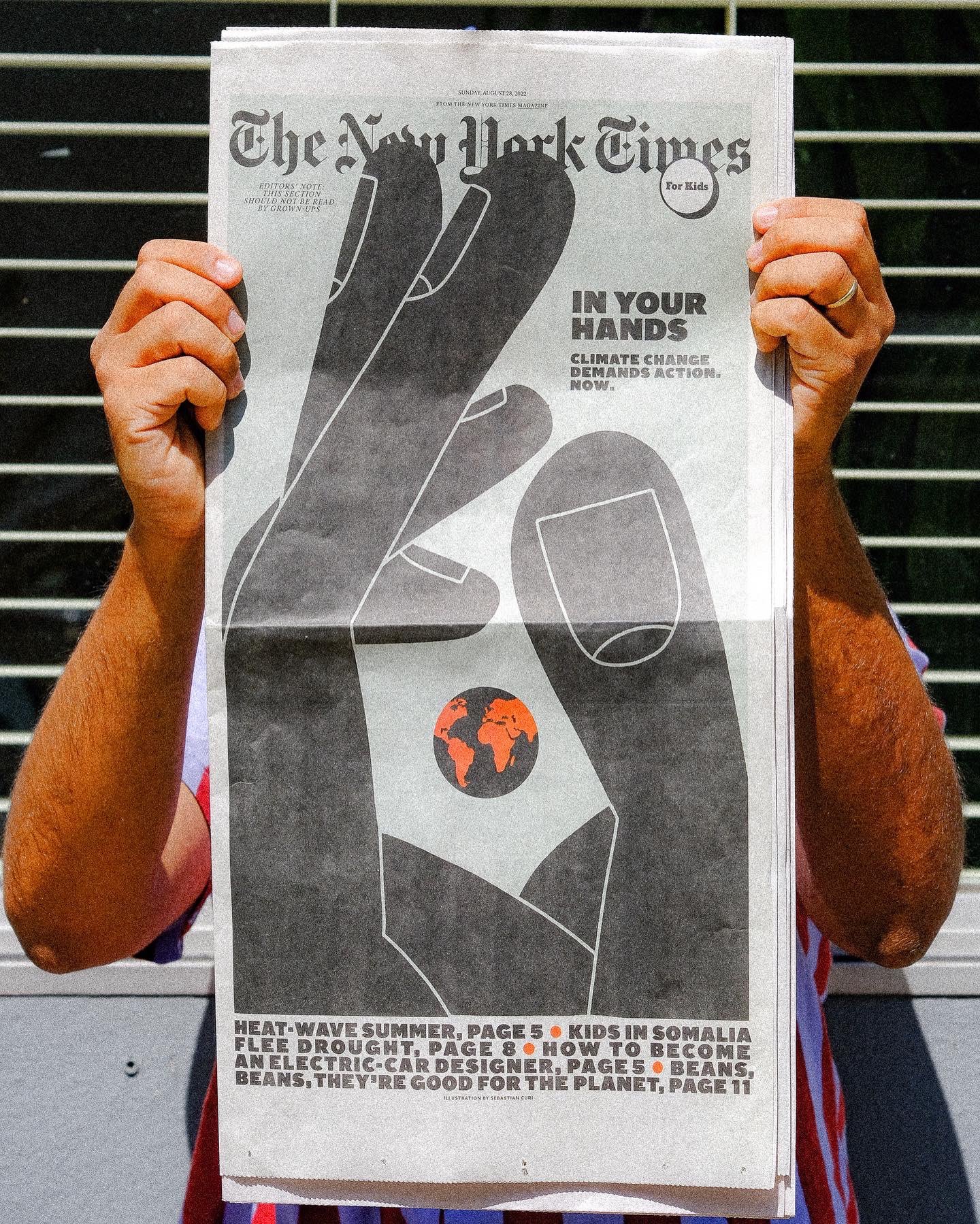
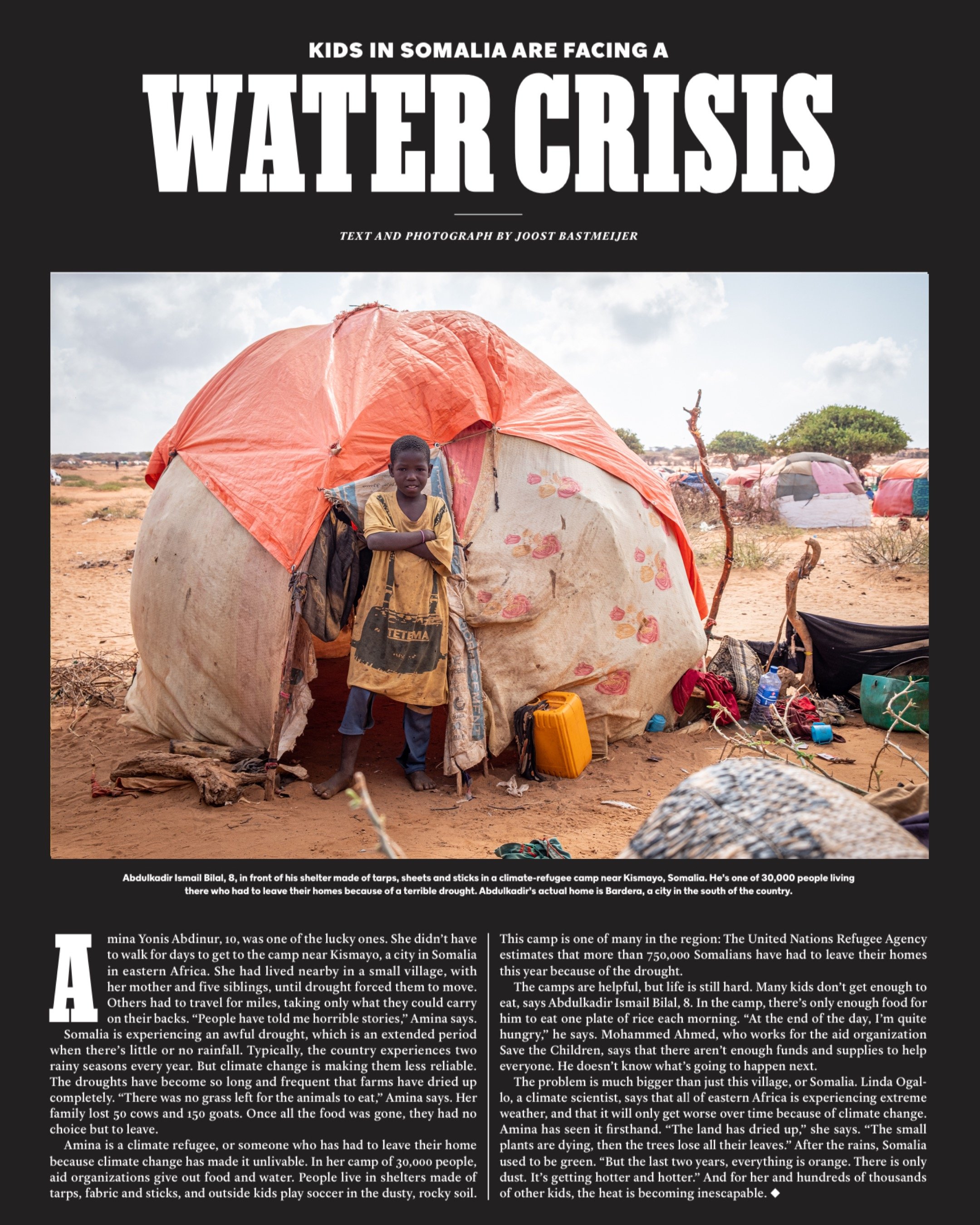
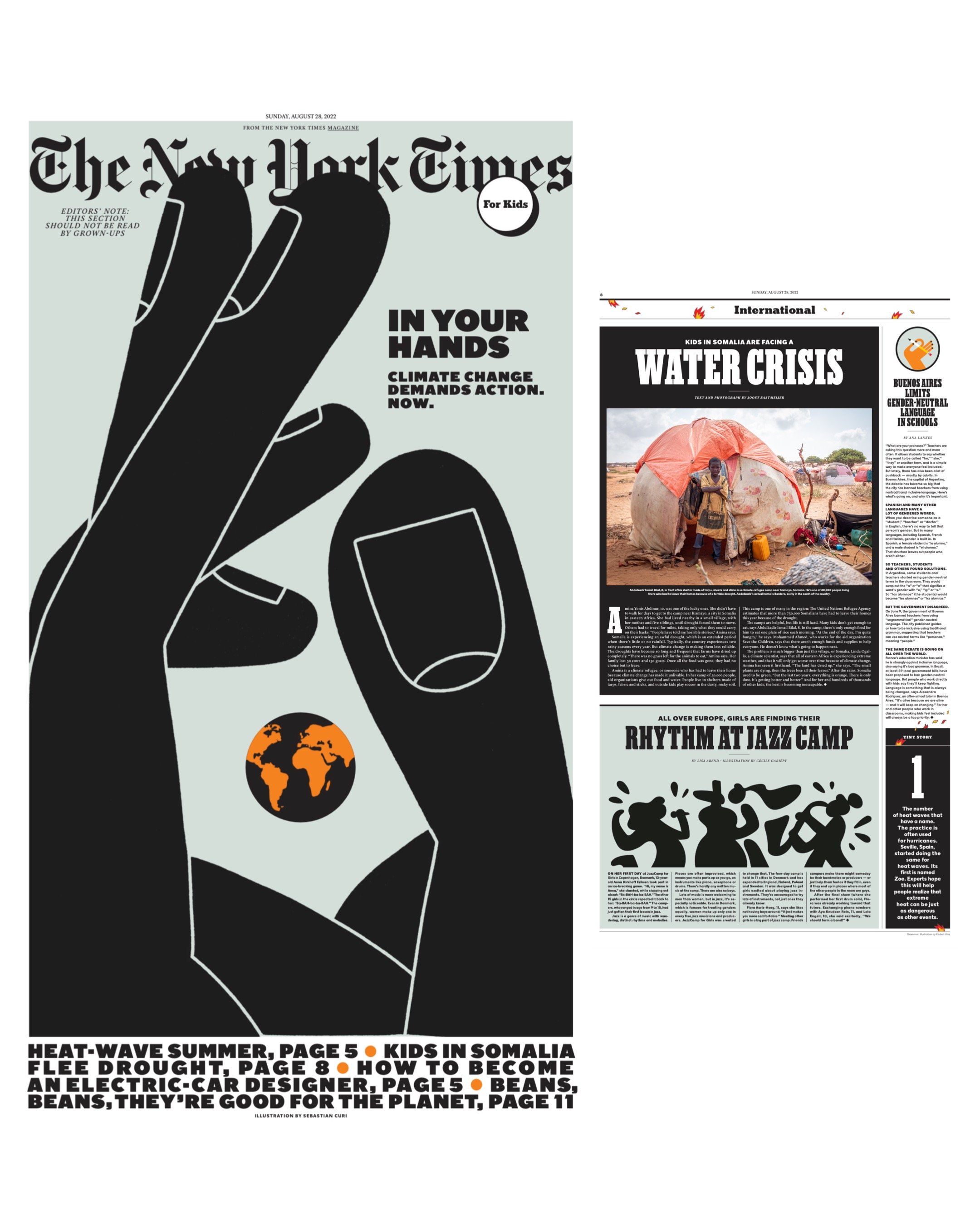
New work for The New York Times: a story about how the drought in Somalia is affecting kids
For the first story I have written for The New York Times, I followed Abdulkadir (8) and Amina (10) in the camp for internally displaced people in the south of Somalia. With 30,000 other people, they live in a settlement near Luglow, where the conditions are dire. You can read the full story below, or click here to buy the August edition of The New York Times for Kids, of which my piece is part of.
The New York Times: Kids in Somalia are facing a water crisis
Amina Yonis Abdinur, 10, was one of the lucky ones. She didn’t have to walk for days to get to the camp near Kismayo, a city in Somalia in eastern Africa. She had lived nearby in a small village, with her mother and five siblings, until drought forced them to move. Others had to travel for miles, taking only what they could carry on their backs. ‘‘People have told me horrible stories,’’ Amina says.
Somalia is experiencing an awful drought, which is an extended period when there’s little or no rainfall. Typically, the country experiences two rainy seasons every year. But climate change is making them less reliable. The droughts have become so long and frequent that farms have dried up completely. ‘‘There was no grass left for the animals to eat,’’ Amina says. Her family lost 50 cows and 150 goats. Once all the food was gone, they had no choice but to leave.
Amina is a climate refugee, or someone who has had to leave their home because climate change has made it unlivable. In her camp of 30,000 people, aid organizations give out food and water. People live in shelters made of tarps, fabric and sticks, and outside kids play soccer in the dusty, rocky soil. This camp is one of many in the region: The United Nations Refugee Agency estimates that more than 750,000 Somalians have had to leave their homes this year because of the drought.
The camps are helpful, but life is still hard. Many kids don’t get enough to eat, says Abdulkadir Ismail Bilal, 8. In the camp, there’s only enough food for him to eat one plate of rice each morning. ‘‘At the end of the day, I’m quite hungry,’’ he says. Mohammed Ahmed, who works for the aid organization Save the Children, says that there aren’t enough funds and supplies to help everyone. He doesn’t know what’s going to happen next.
The problem is much bigger than just this village, or Somalia. Linda Ogallo, a climate scientist, says that all of eastern Africa is experiencing extreme weather, and that it will only get worse over time because of climate change.
Amina has seen it firsthand. ‘‘The land has dried up,’’ she says. ‘‘The small plants are dying, then the trees lose all their leaves.’’ After the rains, Somalia used to be green. ‘‘But the last two years, everything is orange. There is only dust. It’s getting hotter and hotter.’’ And for her and hundreds of thousands of other kids, the heat is becoming inescapable. ◊
Interview: how Vanessa Nakate fights for 'climate justice'
Although Africa is only minimally responsible for global warming, the continent is disproportionately affected by the climate crisis, says Ugandan climate activist Vanessa Nakate (25). As Europe is looking for oil and gas in Africa, African leaders have a major asset in hand, she says.
“They have to ask themselves: If I let the Germans drill for gas in my country, what does that mean for the people who live in my country?”
Read my interview with Nakate here in Dutch, on the website of De Volkskrant.
Op1 interview: drought in East Africa
While the world is focused on the war in Ukraine, there still is a drought ongoing in the Horn of Africa and parts of East Africa. Together with Saskia Houttuin, I talked in Dutch talkshow Op1 about what is happening in Somalia and how Putin’s war is making the situation even worse. To watch the interview, click here. To watch the whole episode, hosted by Hugo Logtenberg and Nadia Moussaid, click here.
My first DW contribution: a photo series about Saint-Louis, Senegal
Recently, my first contribution to Deutsche Welle (DW), Germany's international broadcaster was published. The ten-part photo series about how the Senegalese city of Saint-Louis is slowly disappearing into the sea can be watched on both their old and their new beta website.
New work for El País: How climate change is affecting Saint-Louis, Senegal
New work for Trouw: how Saint-Louis is swallowed by the sea
On the Atlantic coast of Senegal, the historic fishing town of Saint-Louis is slowly disappearing into the sea. Climate change and coastal erosion causes houses, mosques and schools to be swallowed by the salt water.
For Trouw, I wrote a longread about what’s going on in the Northwest of Senegal. To read the story and see some of the photos and videos I shot in Senegal, follow this link.
I have spent almost a week in Saint-Louis to talk to politicians, self-taught climate experts who lost their village to the rising water, school teachers and fishermen (who now are displaced and have to live in a plastic village built by the World Bank).
All can be seen in the trailer I made for the multimedia story, which can be found below. The story will soon be published internationally by other outlets, but if you can read Dutch, you can check it out in Dutch by clicking here:
New podcast for the Tällberg Foundation, recorded in Nairobi
In Nairobi, when meetings were still possible as COVID19 had not reached Kenya yet, I recorded a podcast for the Tällberg Foundation. Anne Goldfeld, Faustin Linyekula, and Saul Griffith shared their ideas on the future and their relationship with it. All three received the Tällberg/Eliasson Global Leadership Prize in 2019. In the podcast, all winners discover how their respective expertise – medicine, dance, and fighting climate change – are all fueled by “the mystery of the unknown” and their desire to explore it.
Click ‘play’ in the player above to listen to the podcast.
Our Grit & Grass production is on display in Hannover
Our Grit & Grass multimedia production about a climate change-induced conflict between herders and farmers in Nigeria has been selected for the 7th edition of the Hannover-based visual journalism festival called ‘Lumix Festival for Young Visual Journalism’. From the 18th until the 29th of June, our production was on display, both offline and online. You can still see our production as a part of the festival’s program.
‘Ultraslut’, a production by Helena Lea Manhartsberger and Katharina Neuhaus, has won the first prize in the Storytelling awards. Our story is still on display on the digital exhibition space that the Lumix Festival has created. To see all the 18 selected Storytelling specialists, click here.
We're a 'Digital Storytelling' finalist at the LUMIX Festival
In the 7th edition for the LUMIX Festival for Young Visual Journalism, our ‘Grit & Grass’ multimedia story is selected as one of this year’s finalists in the ‘Digital Storytelling’ category. Together with ‘ digital narrative format’ productions made by renowned photographers and journalists like Cicilie S. Andersen, Anna Fritsche, Ilvy Njiokiktjien and Etinosa Yvonne, our work can be seen during the festival in Hanover. Due to COVID19 measures, however, the festival will run mainly online.
Grit & Grass was produced on assignment by Dutch foreign news platform Bureau Buitenland. For this story about a deadly conflict between herdsmen and farmers in Nigeria, Africa correspondent Saskia Houttuin and I traveled to Plateau State, where we created two interactive stories which focus on both sides of the conflict.
The first chapter of this story is about Nding, where Fidelis tells about the Fulani herdsmen that attacked his family. The second chapter is about a nearby settlement of Fulani herders, who explain why they had to move their cattle into farmers territory - one of the biggest reasons that initiated this conflict is drought caused by climate change.
This multimedia interactive story is made with the Slices storytelling tool, and includes photography, video, text and infographics. You can watch both (Dutch) chapters of the story in the video below, or click through the English two chapters through these links:
VPRO Bureau Buitenland multimedia project: 'Grit & Grass'
If Nigeria is mentioned in Dutch media, chances are high that the news story is about Boko Haram. But just a couple of hundreds kilometers from where the Boko Haram insurgency is taking place, thousands of Nigerians have been killed in a lesser known conflict between herdsmen and farmers.
For Dutch broadcaster VPRO’s Bureau Buitenland platform, Saskia Houttuin and I traveled to Plateau State, where we created two interactive stories which focus on both sides of the conflict. The first story is about Nding, where Fidelis tells about the Fulani herdsmen that attacked his family. The second chapter is about a nearby settlement of Fulani herders, who explain why they had to move their cattle into famers territory - one of the biggest reasons is drought caused by climate change.
This multimedia interactive story is made with the Slices storytelling tool, and includes photography, video, text and infographics. You can watch both (Dutch) chapters of the story in the video below, or click through the English two chapters through these links:
In July 2020, the production was a finalist in the 7th edition for the LUMIX Festival for Young Visual Journalism, in the ‘Digital Storytelling’ category. Read more about the festival here.
To watch more multimedia stories about climate refugees, you can take a look at this VPRO Bureau Buitenland web page.
Rising sea levels in Mombasa: a story for Samsam
For Dutch newspaper / magazine Samsam, I met up with Swabir, a 12 year old boy who lives in the Kenyan city of Mombasa. His father is Head of Education at the renowned Fort Jesus, the number one cultural attraction of Kenya’s coastal area. But the fort has seen better days: due to coastal erosion, rising sea levels and erosion caused by rain water (all linked to climate change), the centuries old structure is deteriorating rapidly.
Together with Raphael Igombo and his son Swabir, I visited the fort to have a look at the recently constructed wall that should protect Fort Jesus for the next hundred years. You can read the story in the current edition of Samsam, online on their website or you can click on the image below to enlarge the article. Samsam is a magazine and learning method, which is distributed to and used by primary schools all over The Netherlands.


